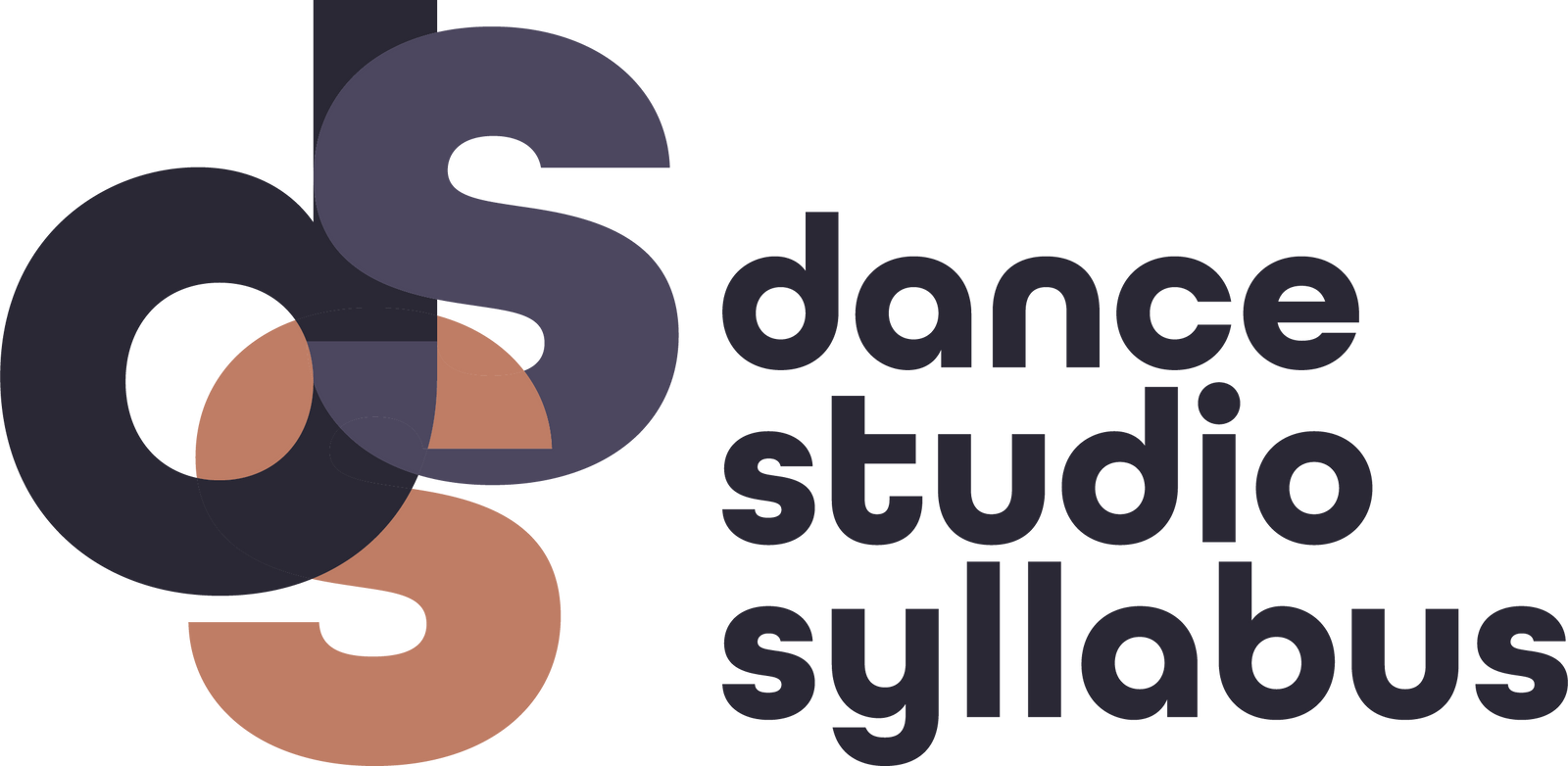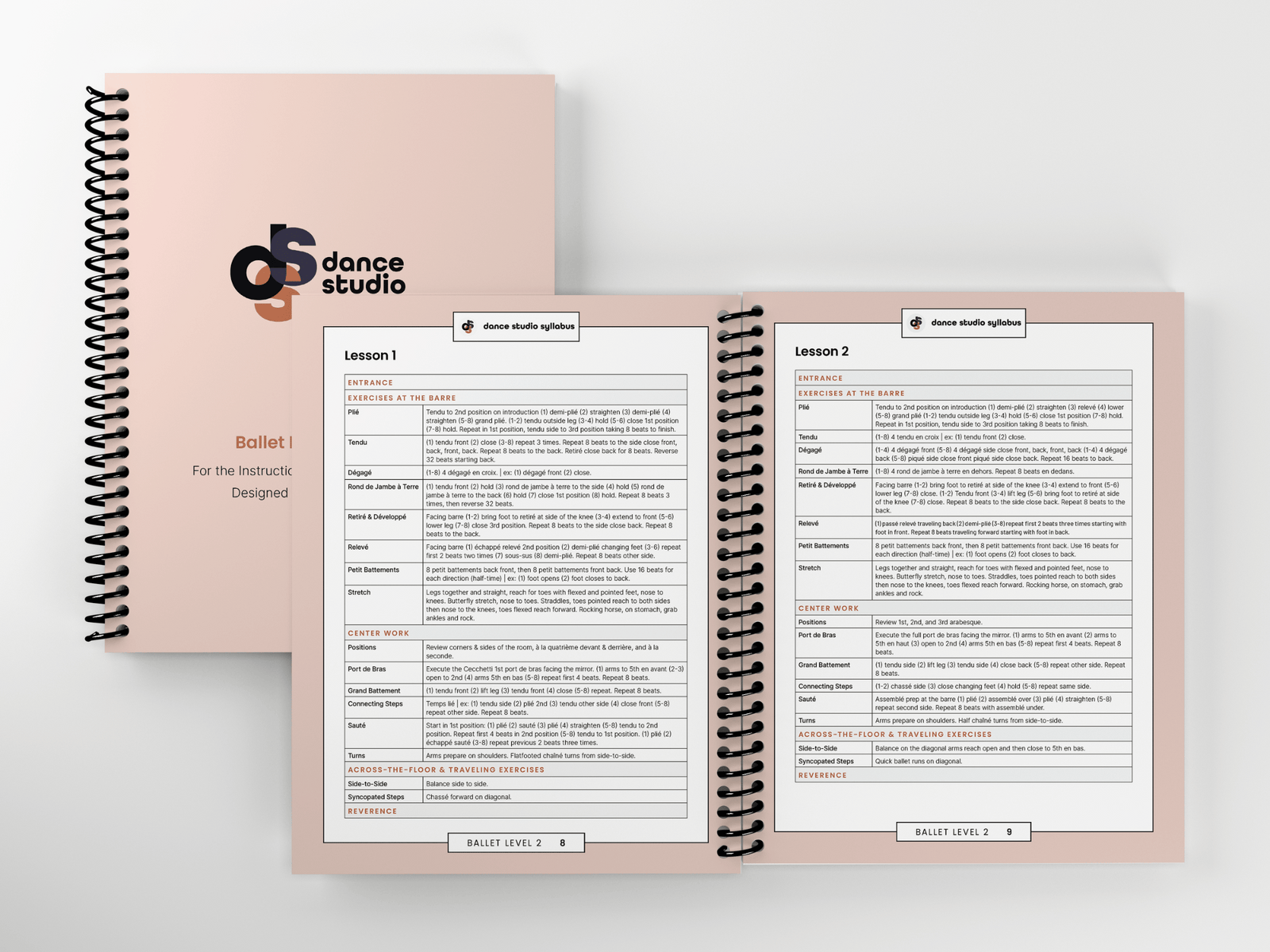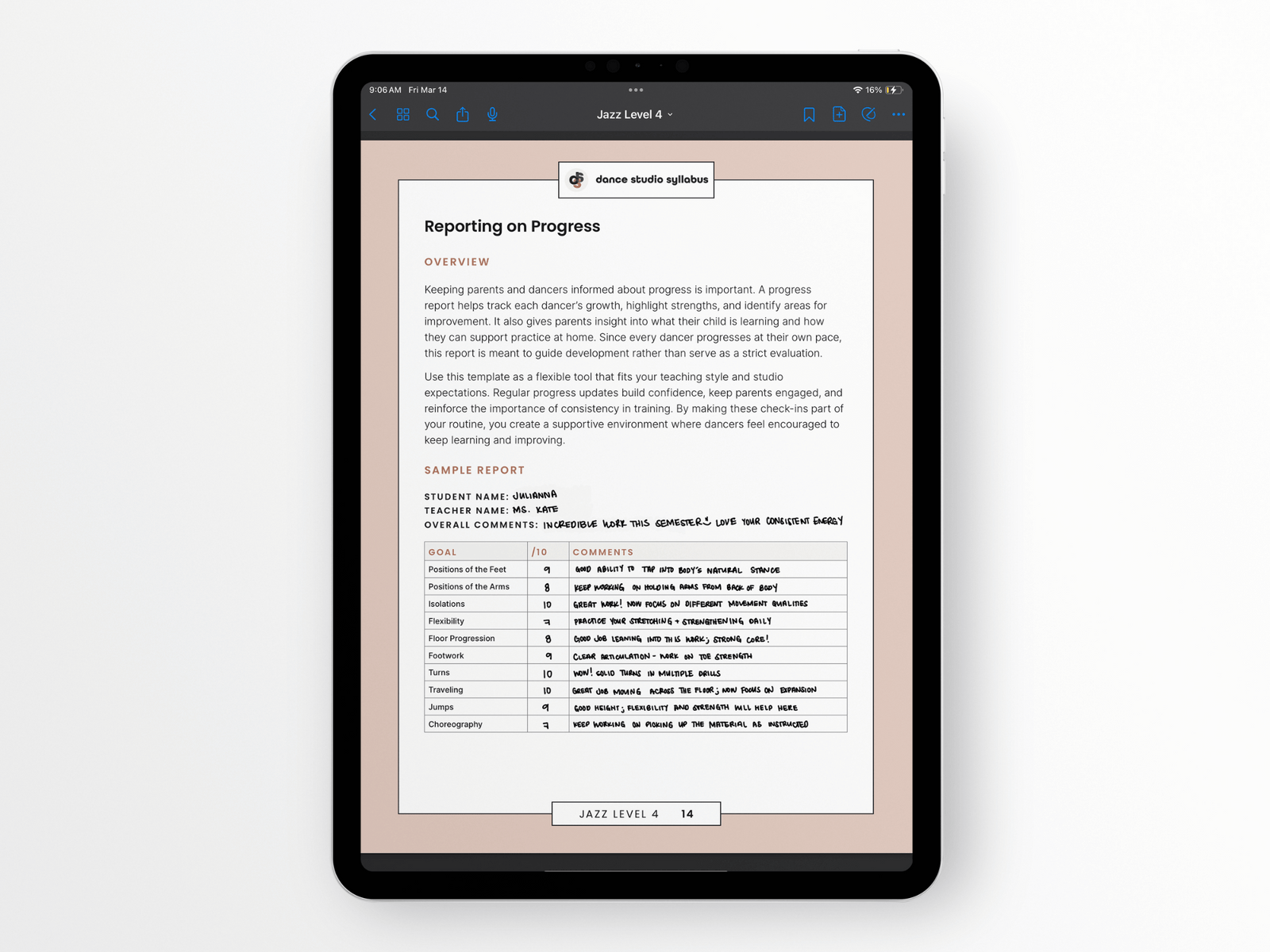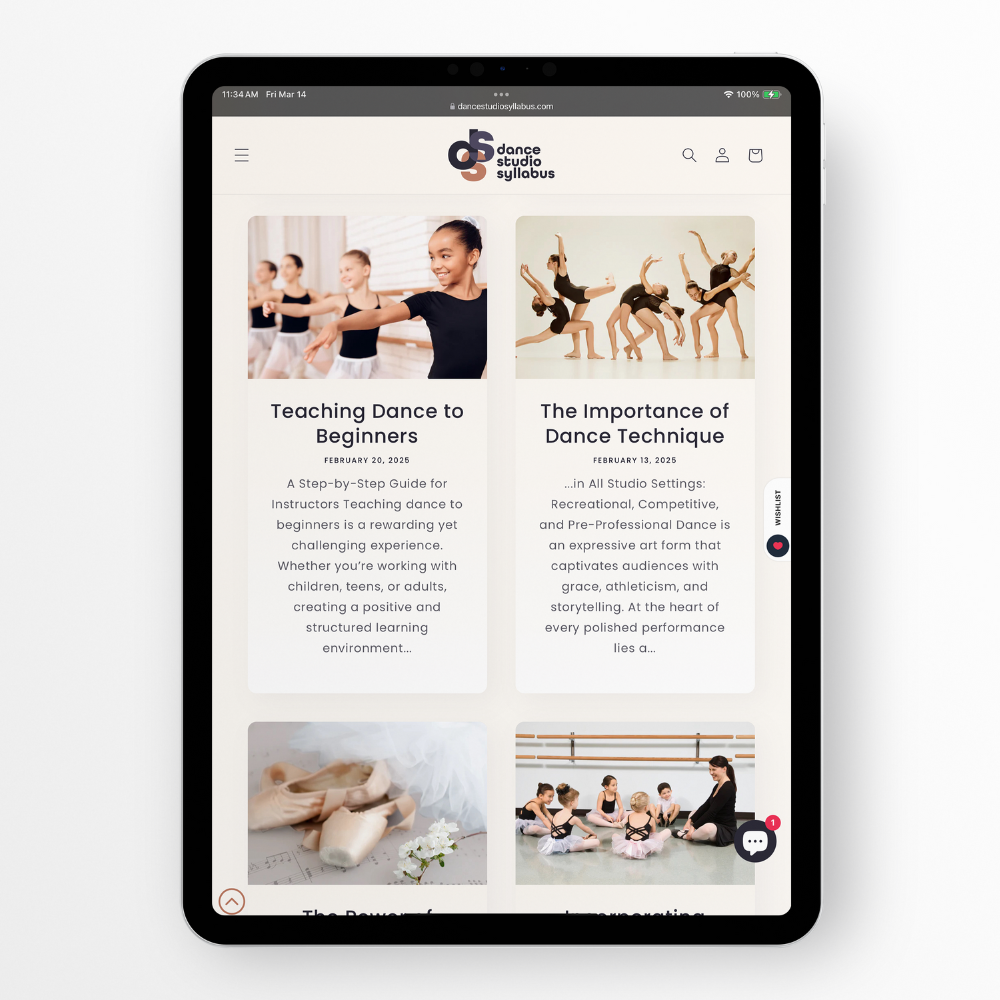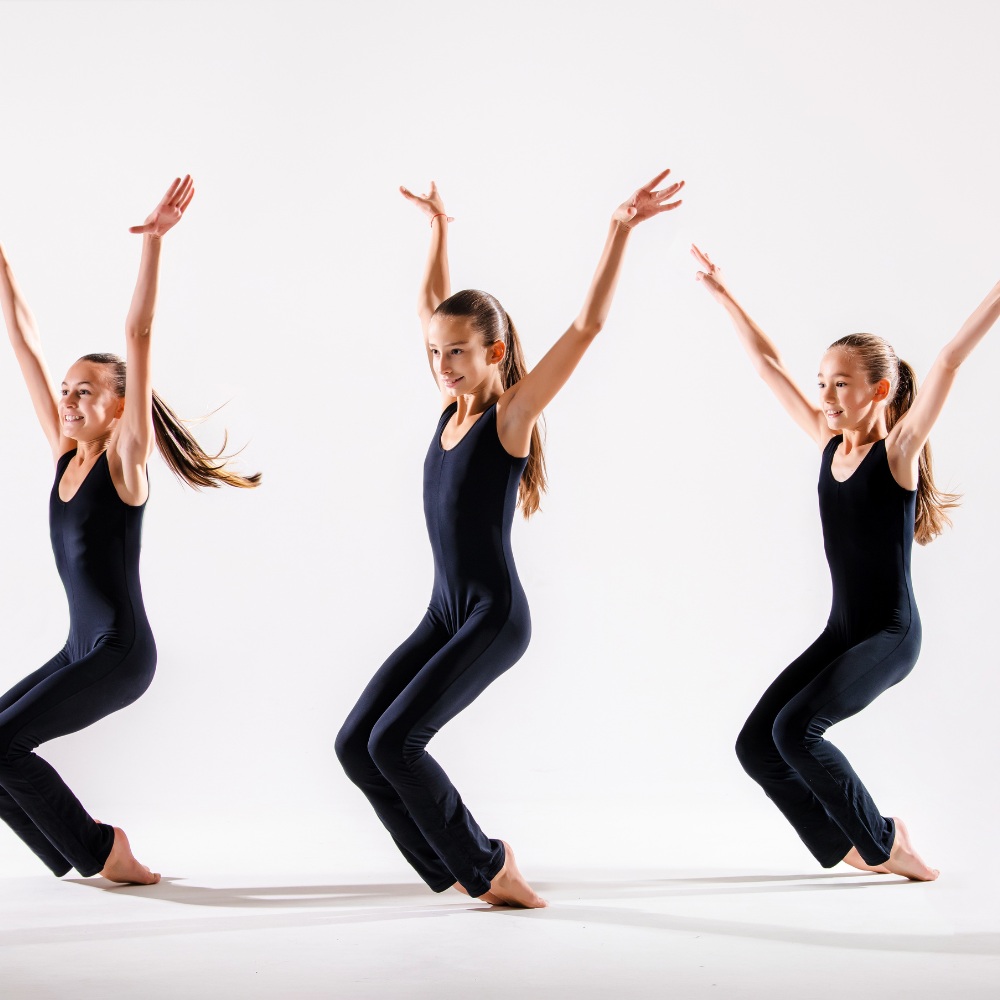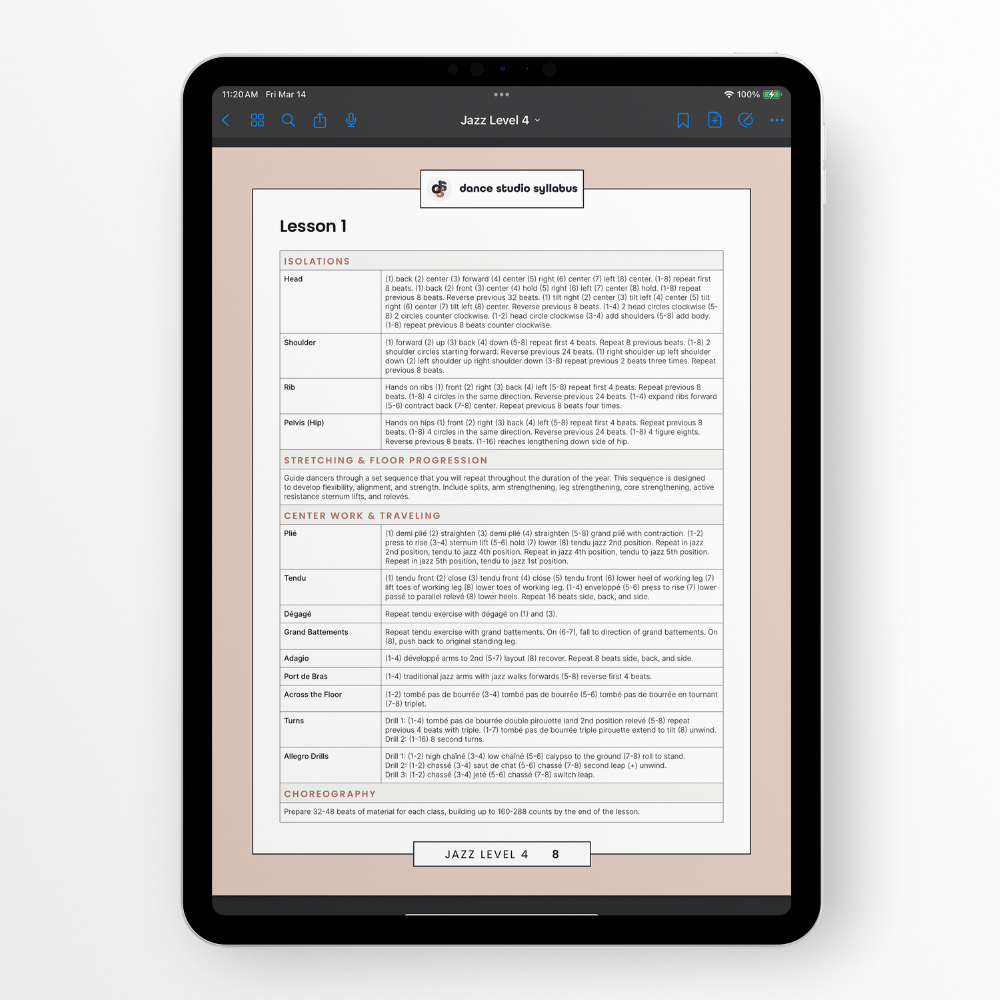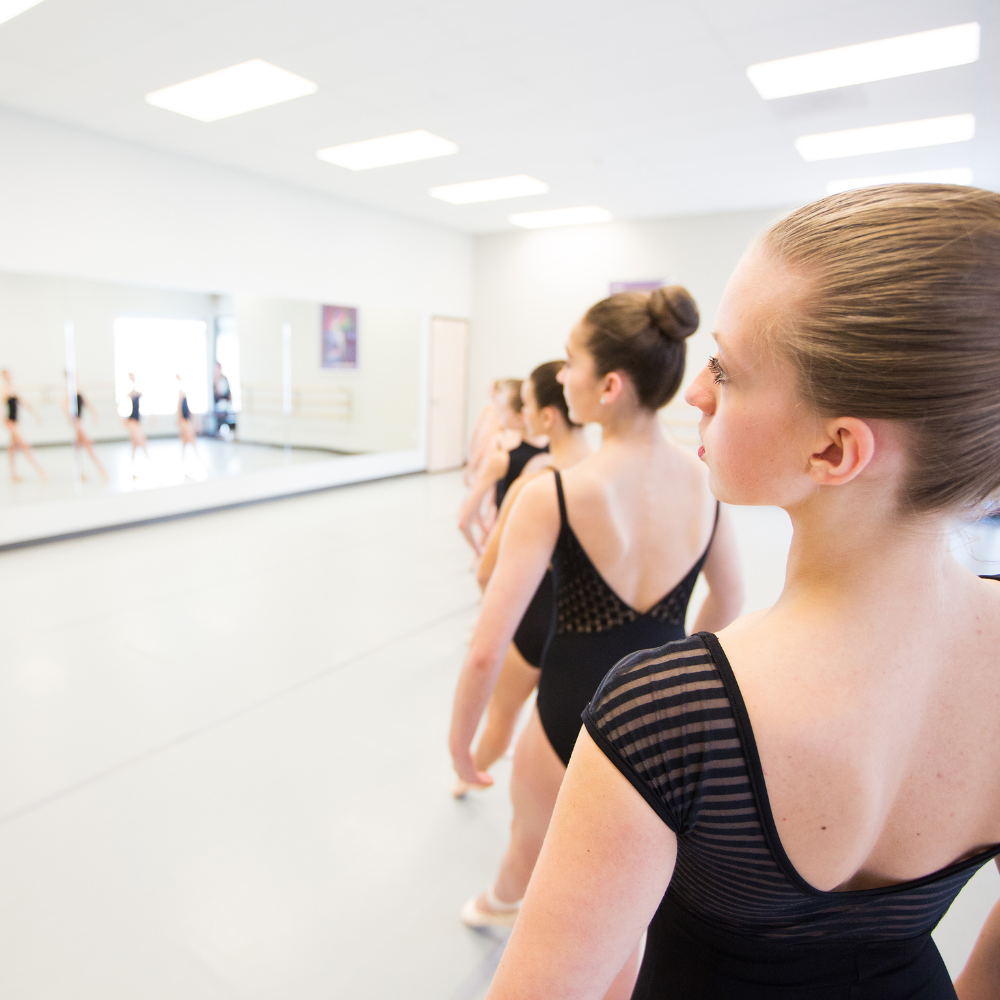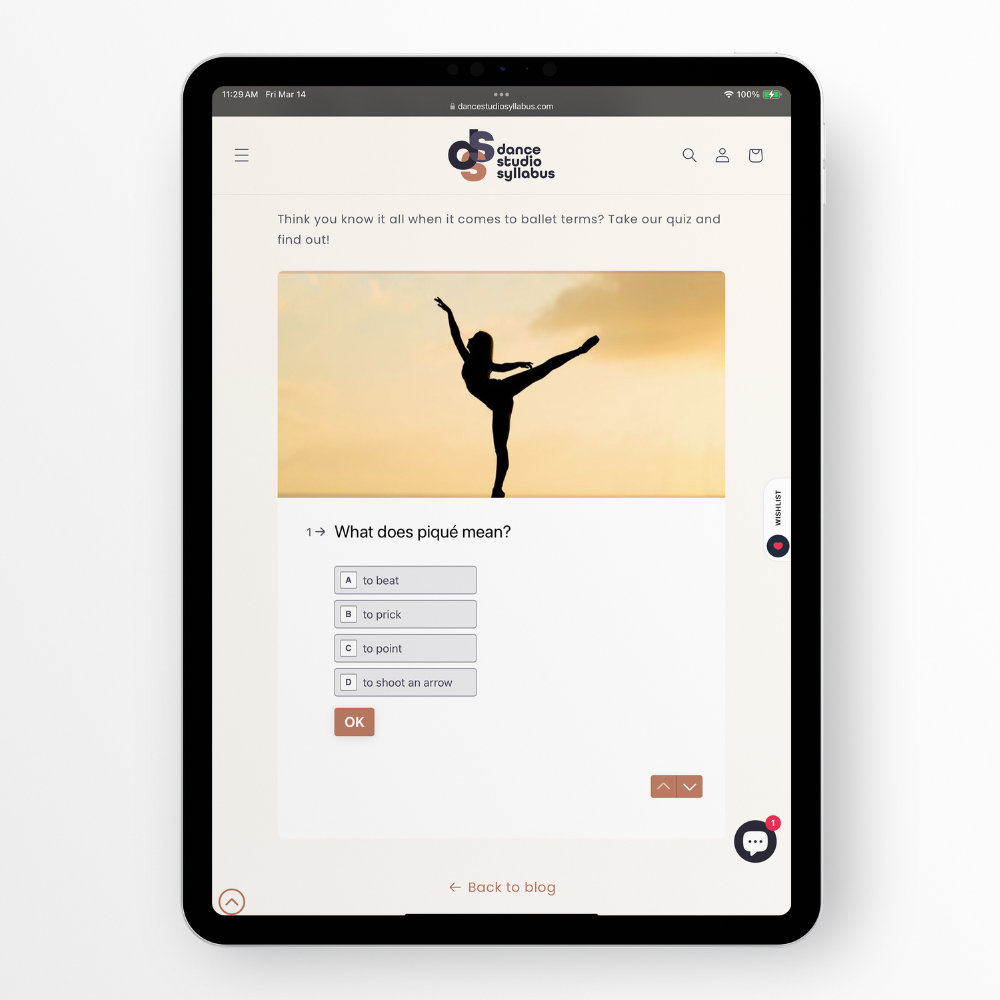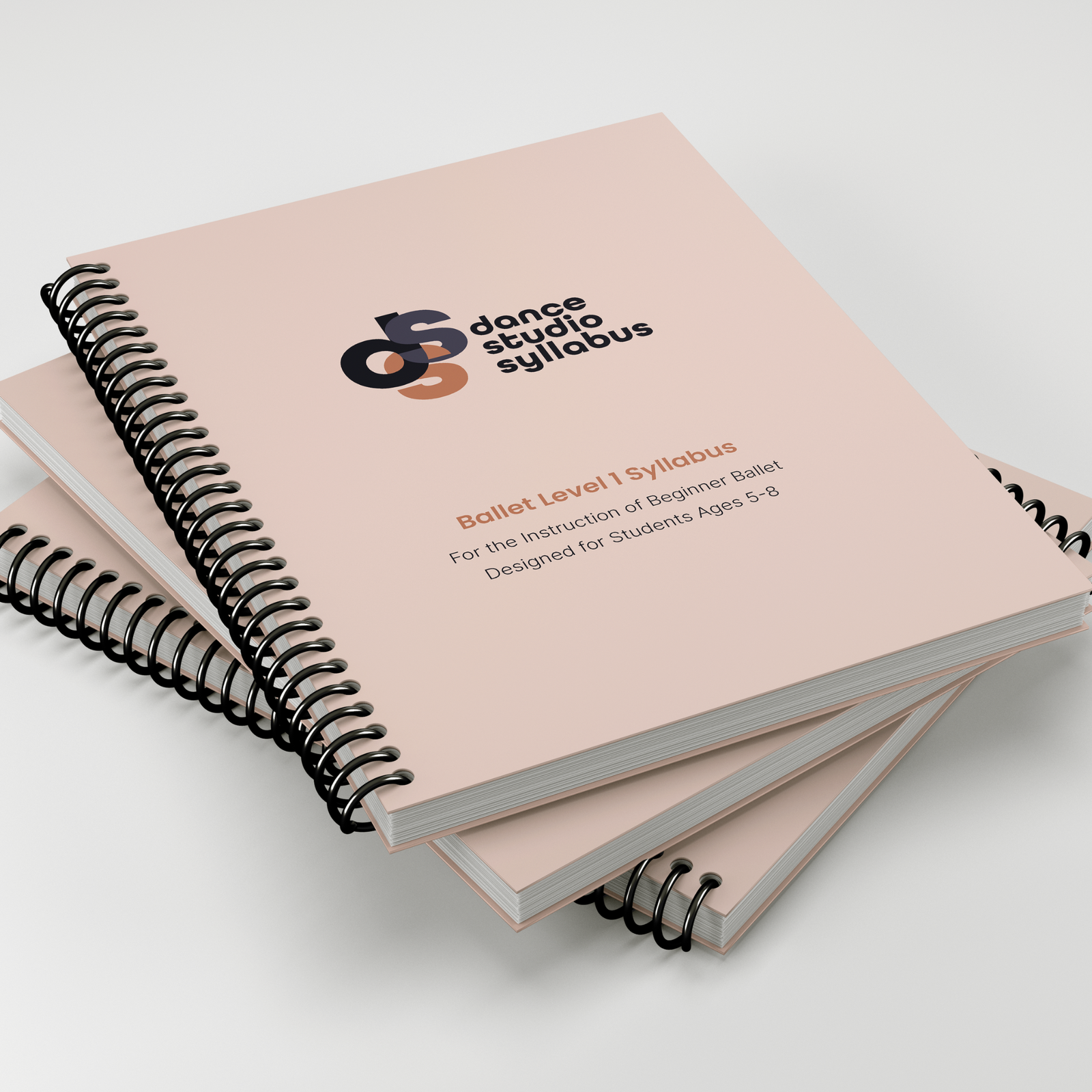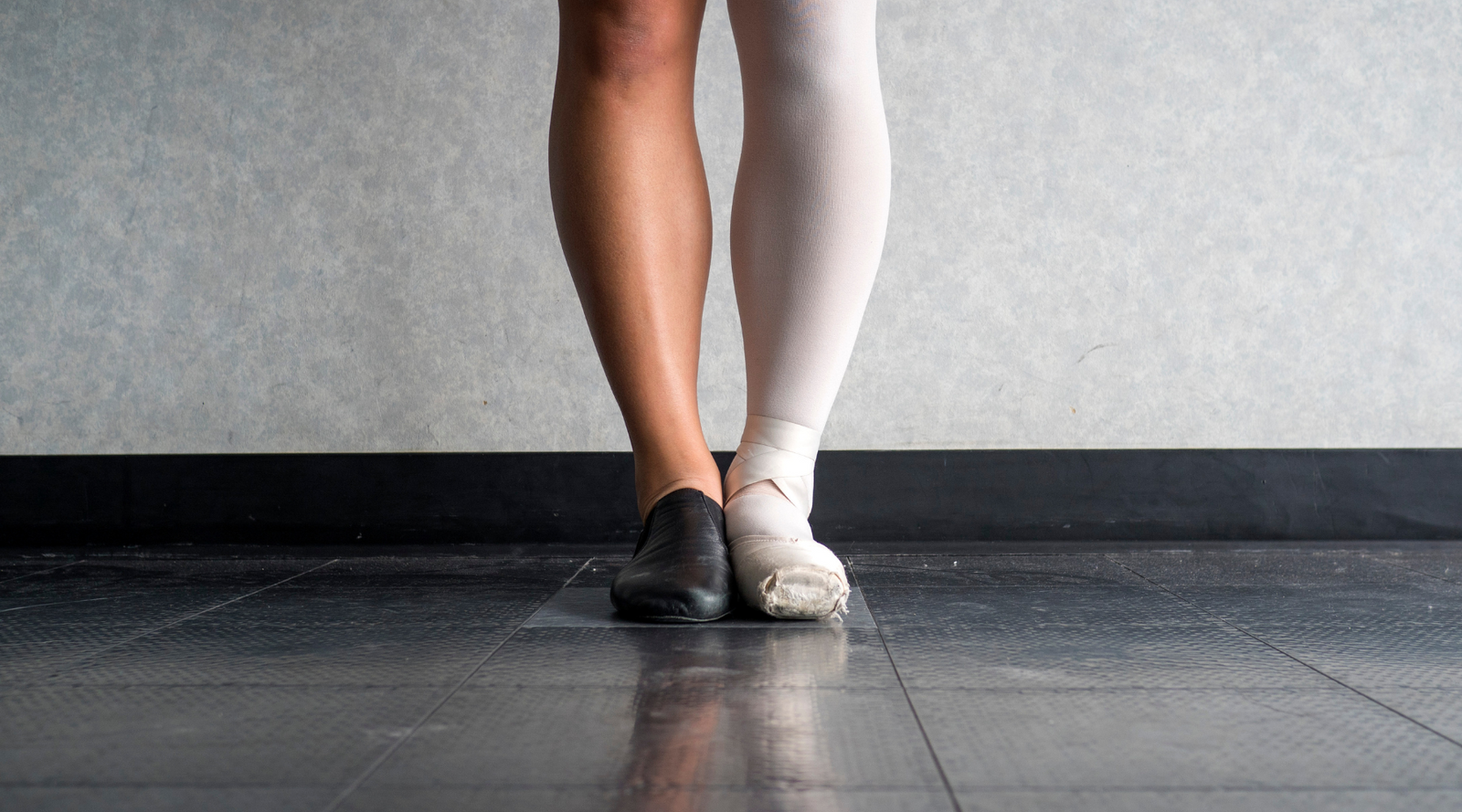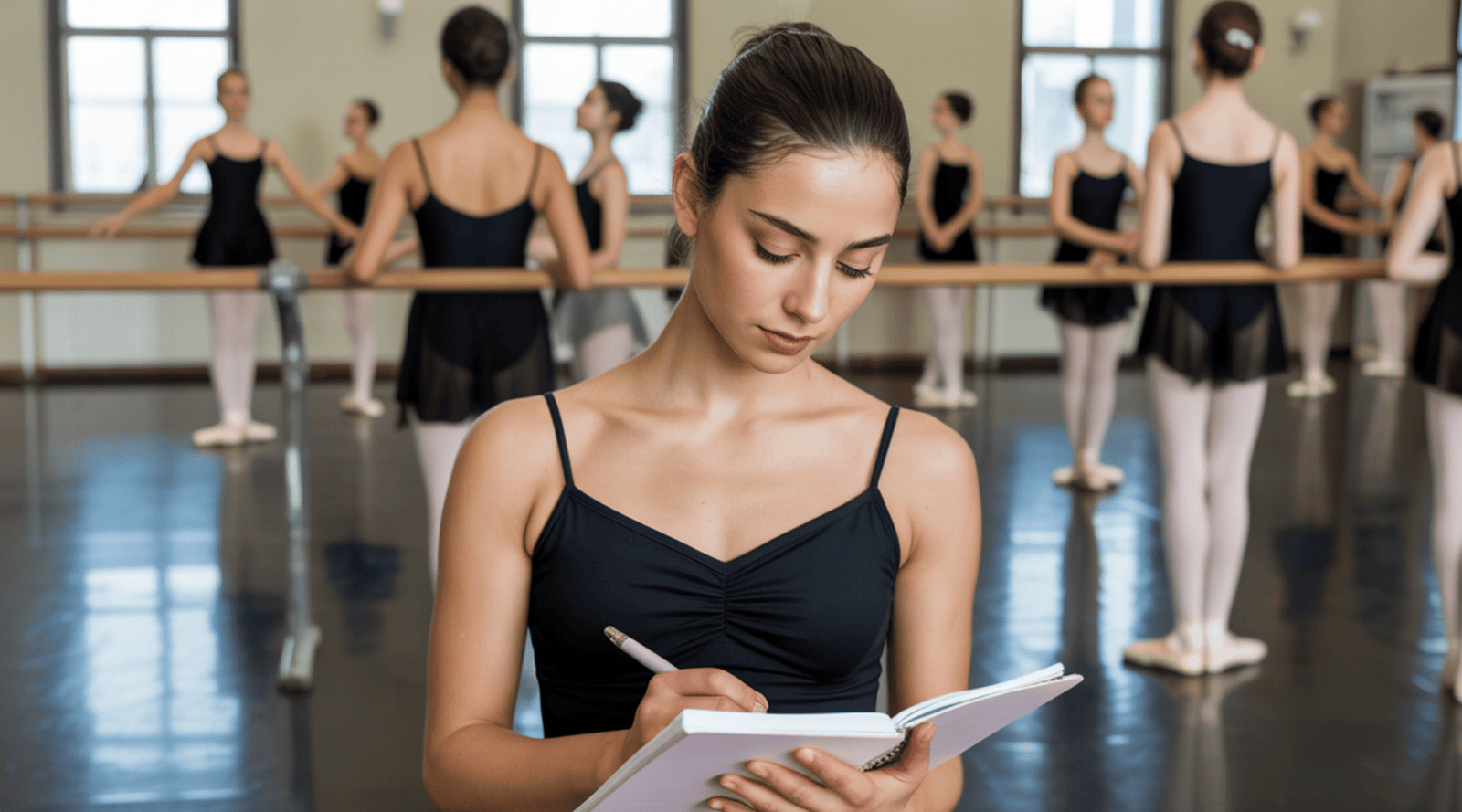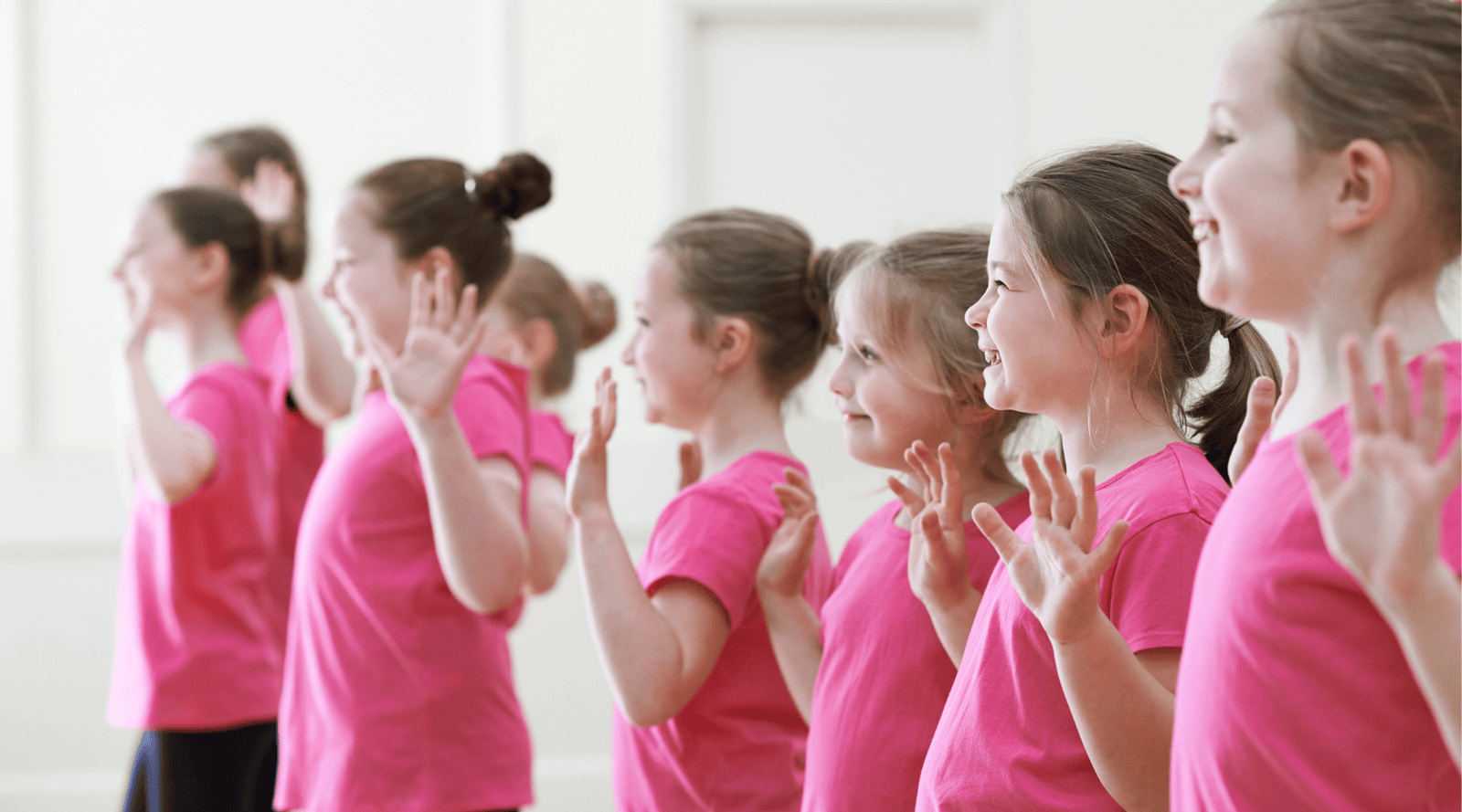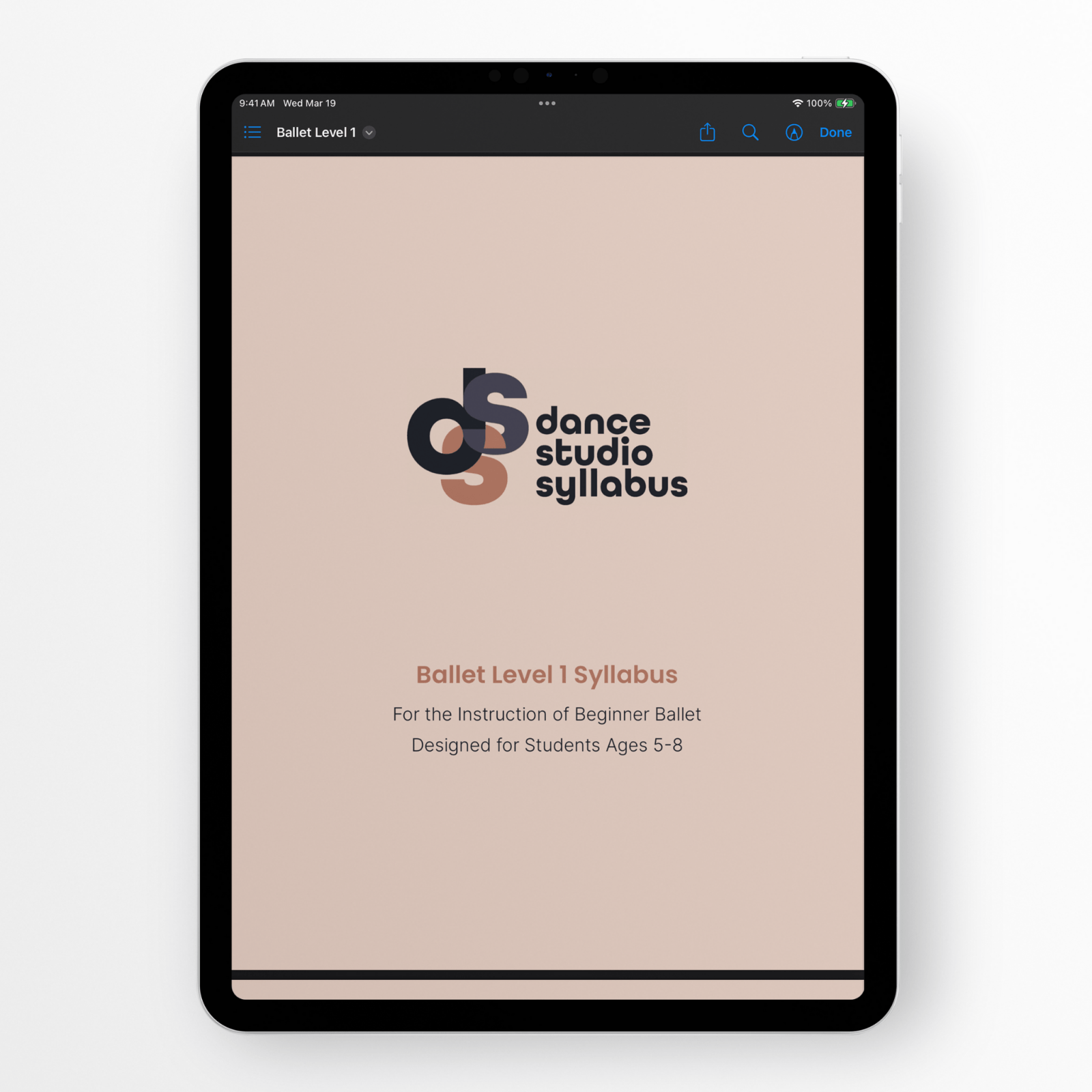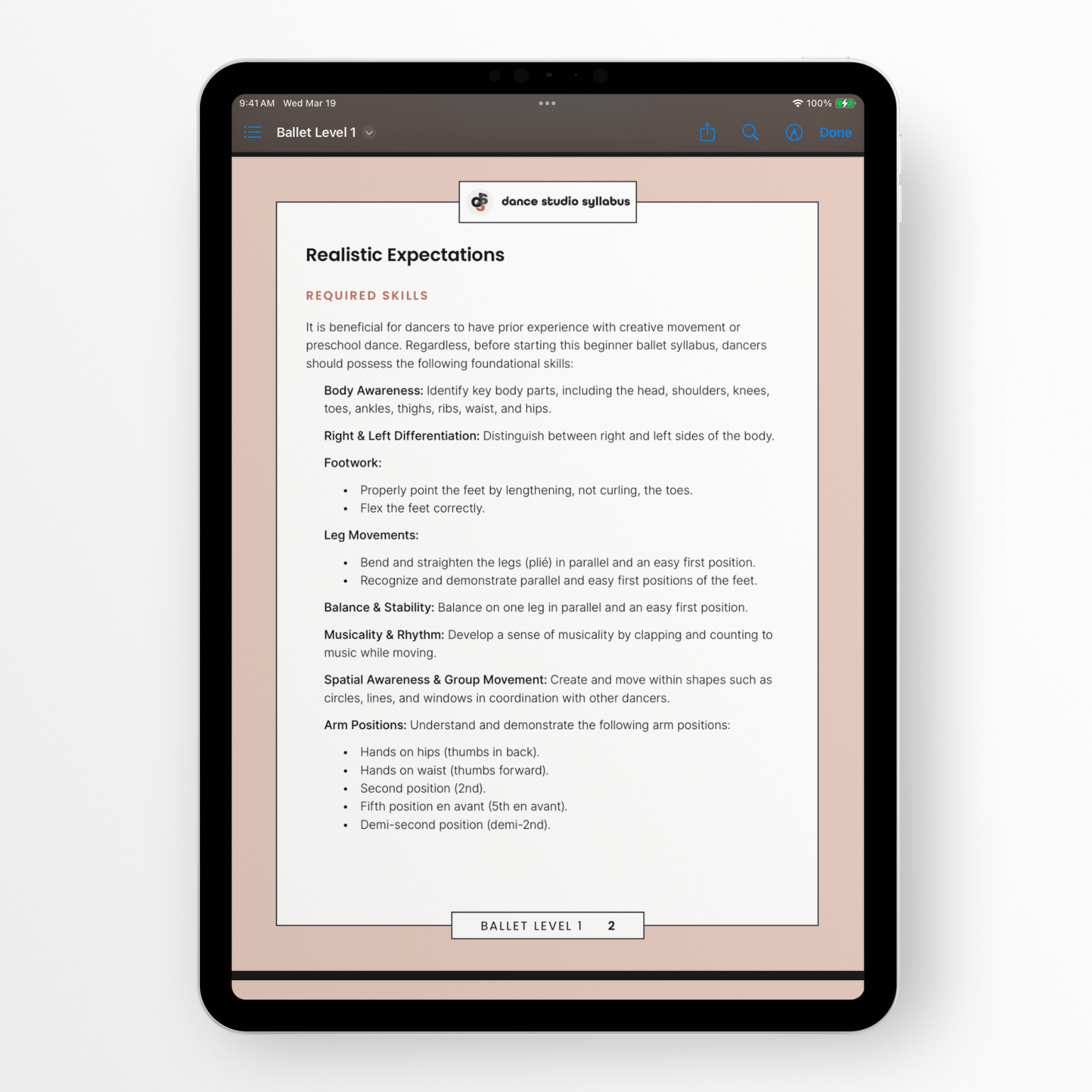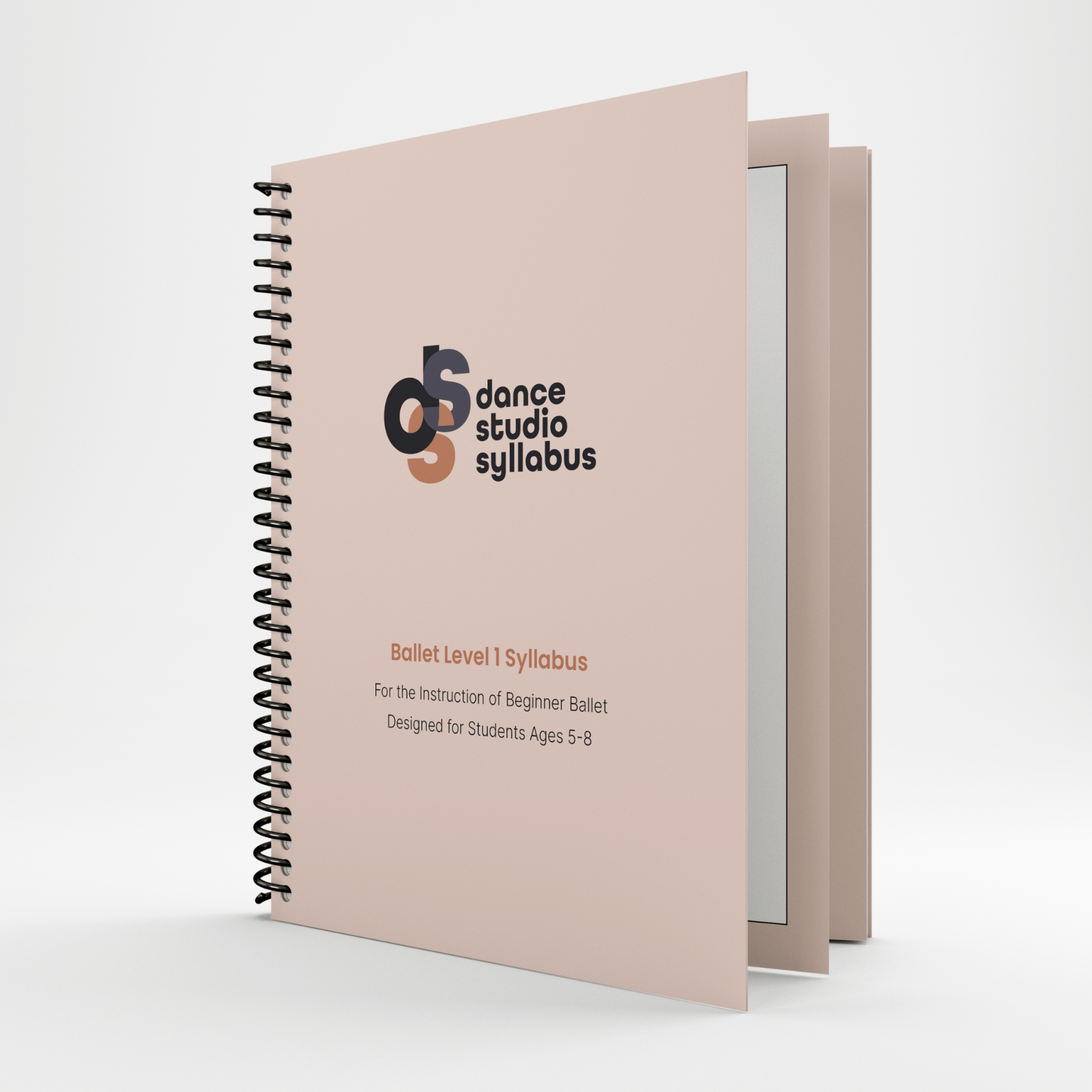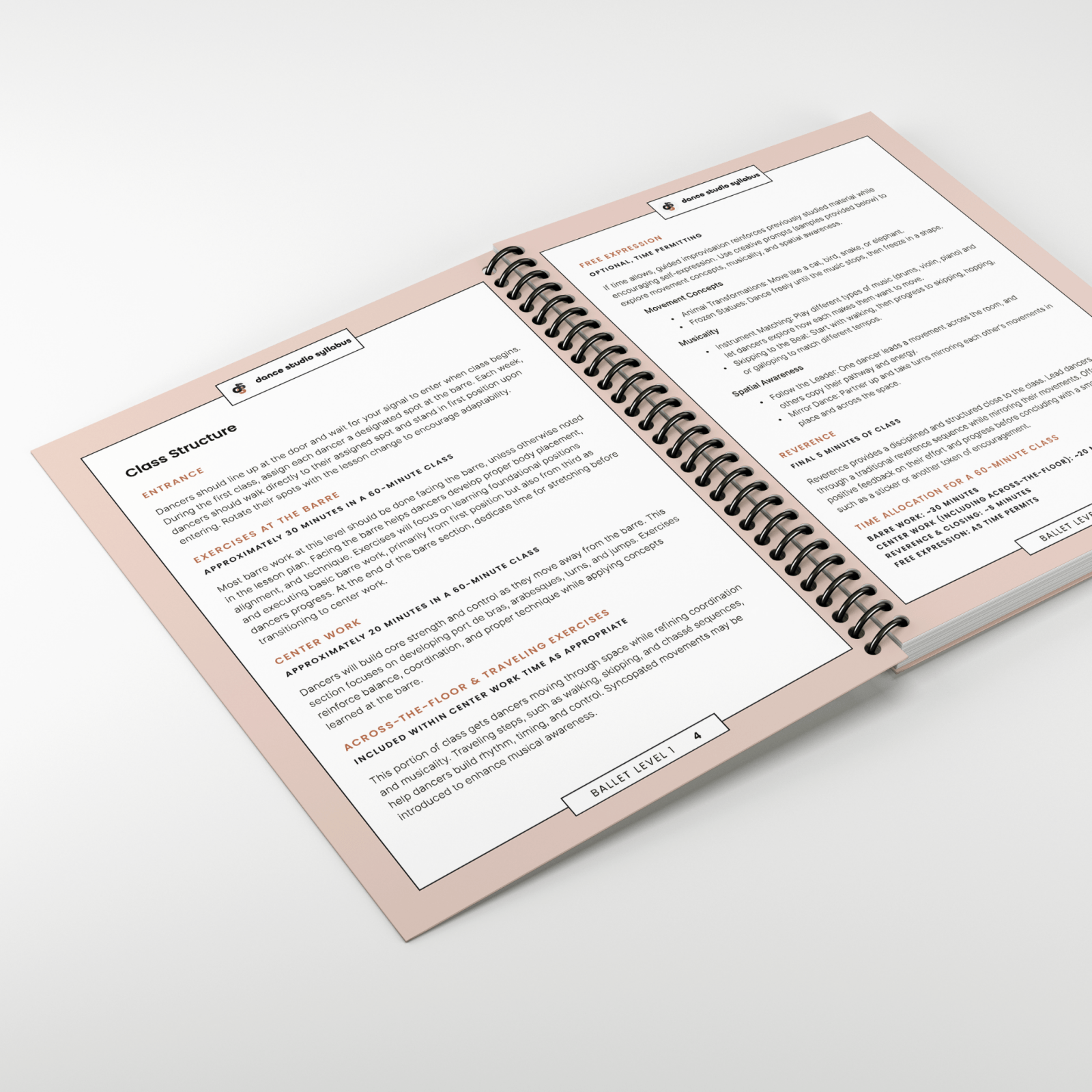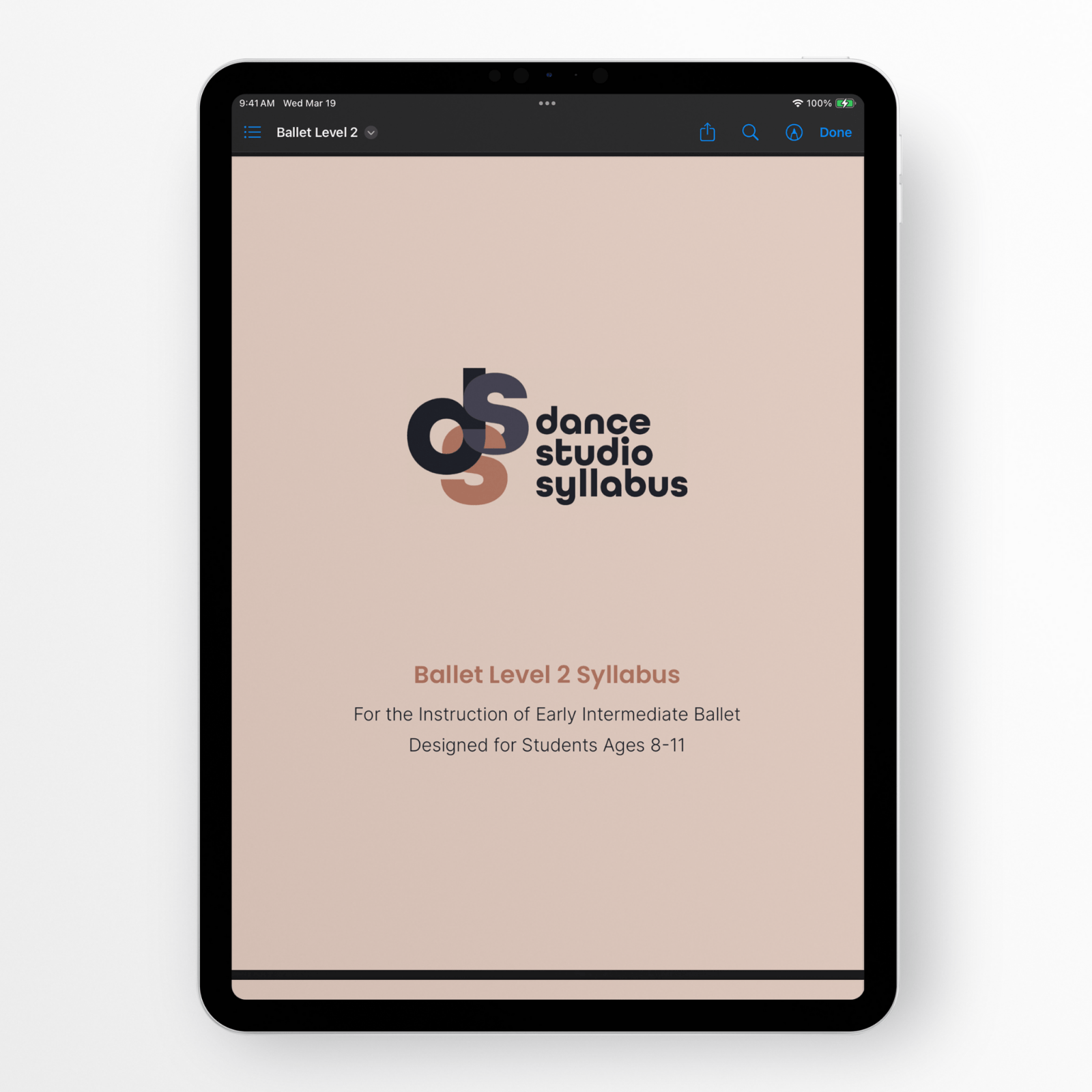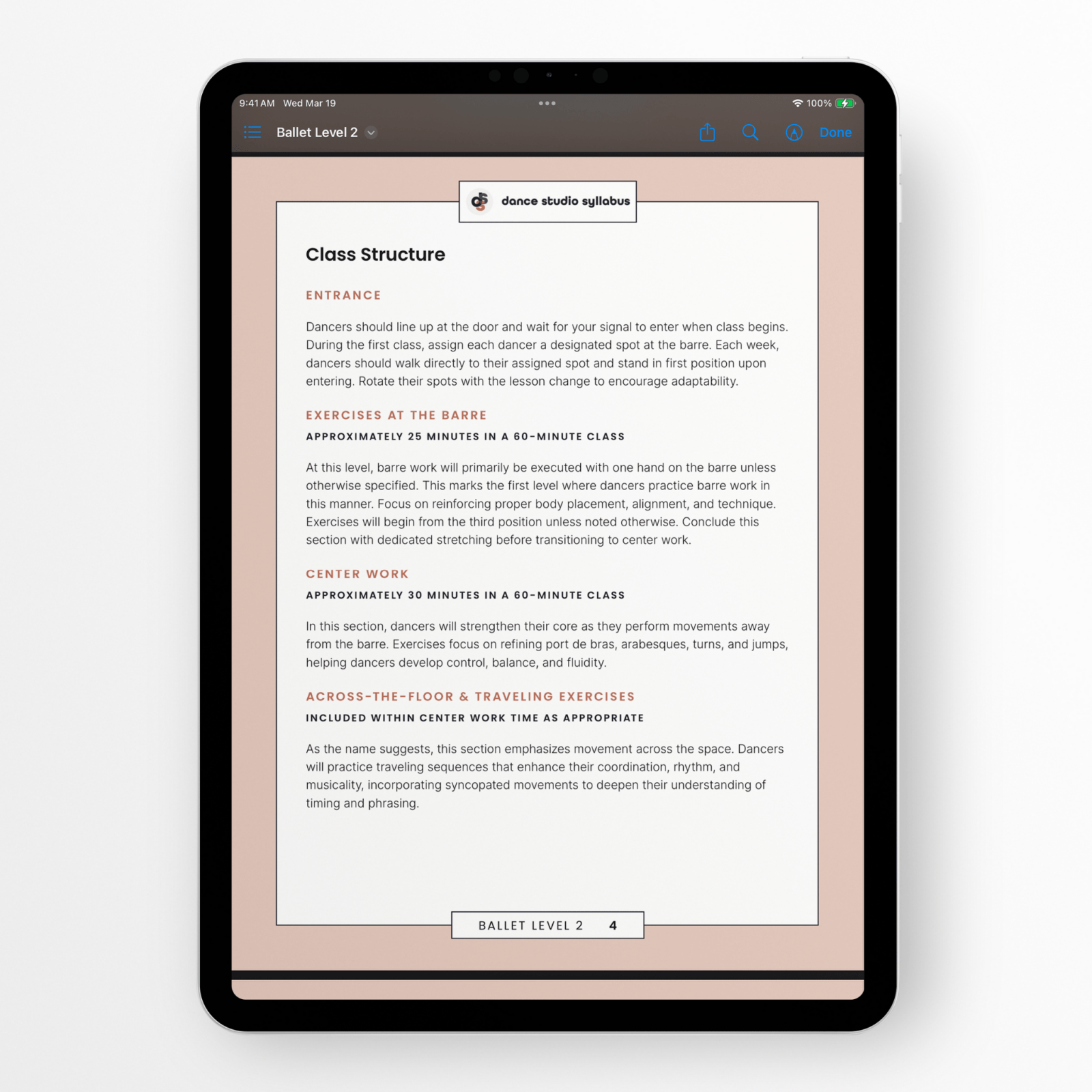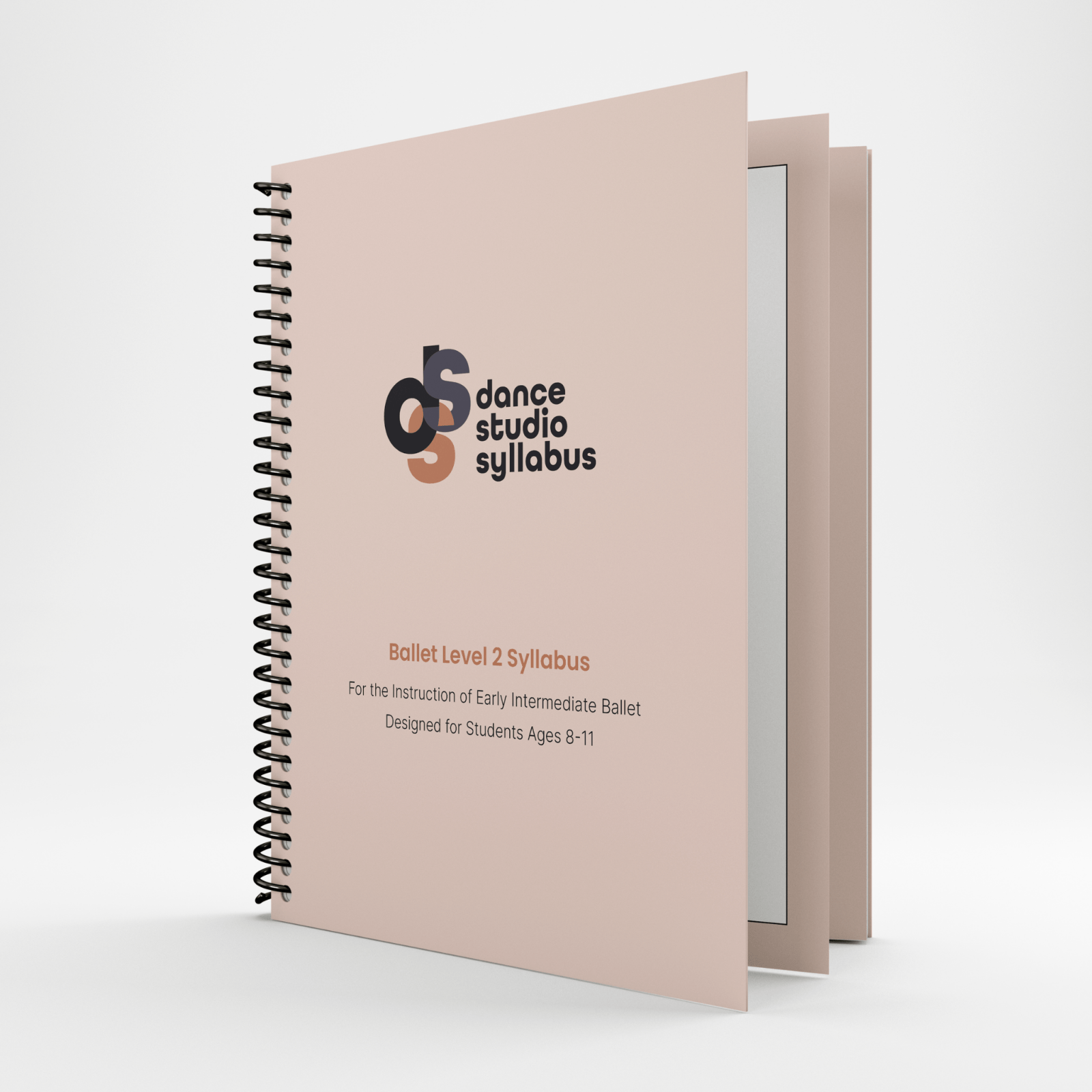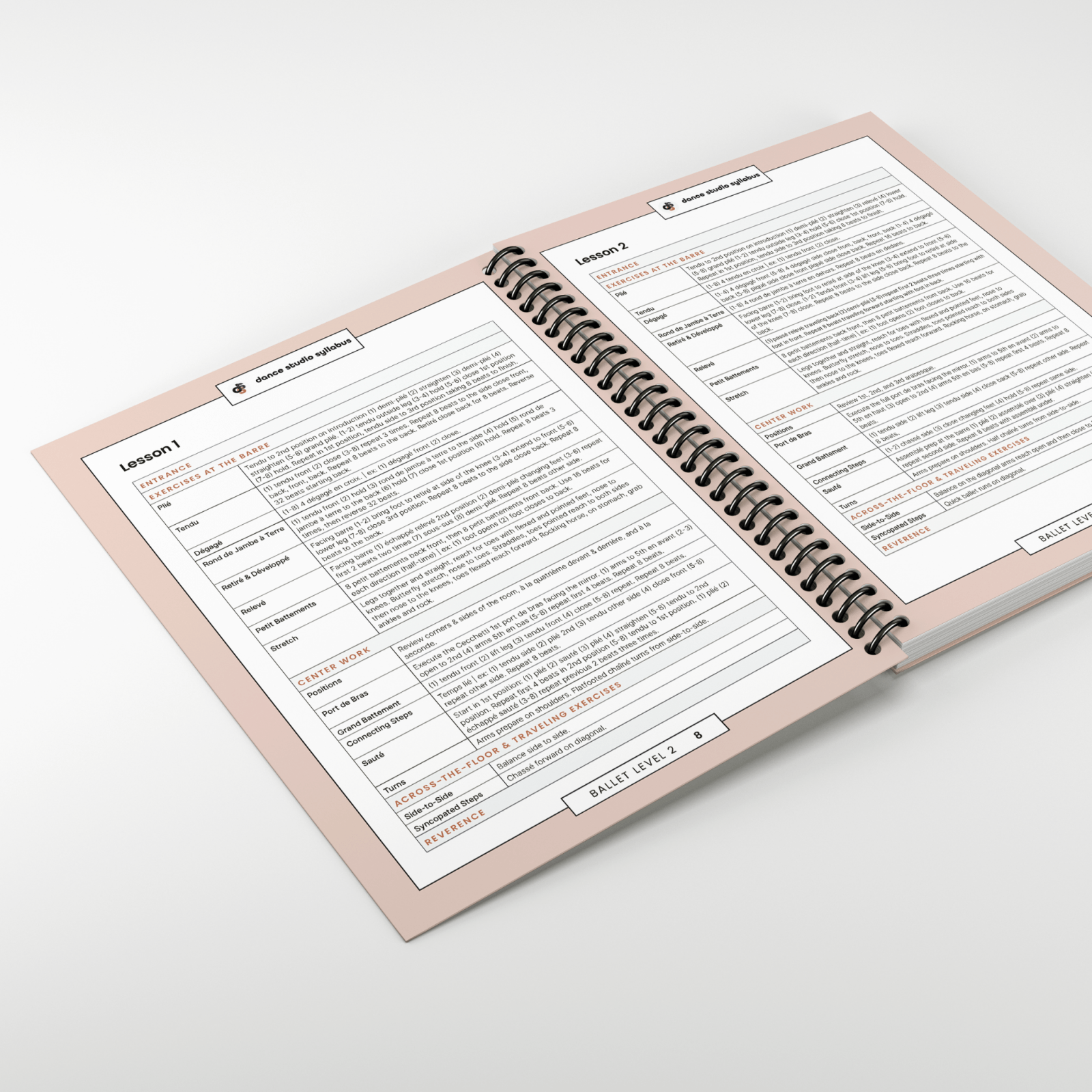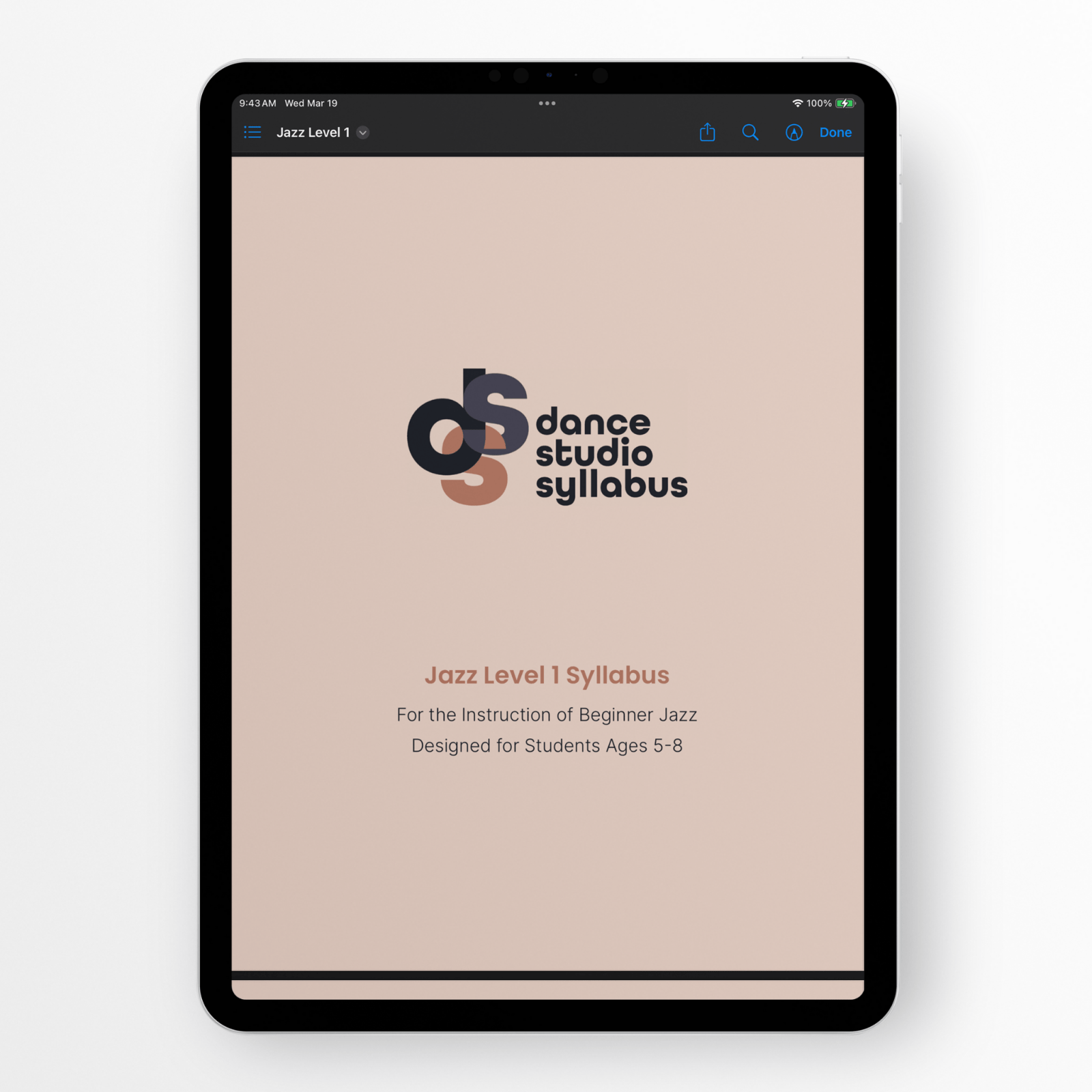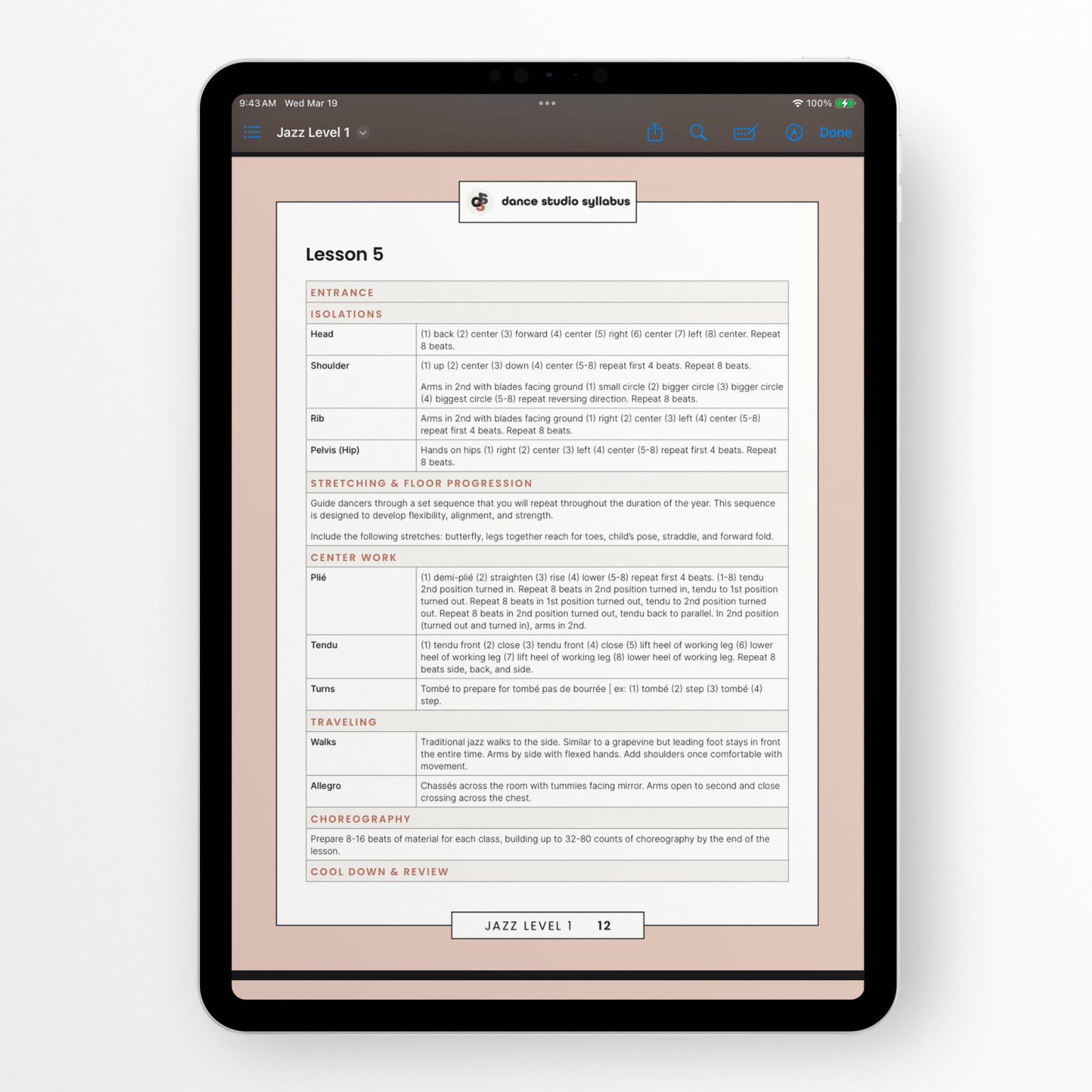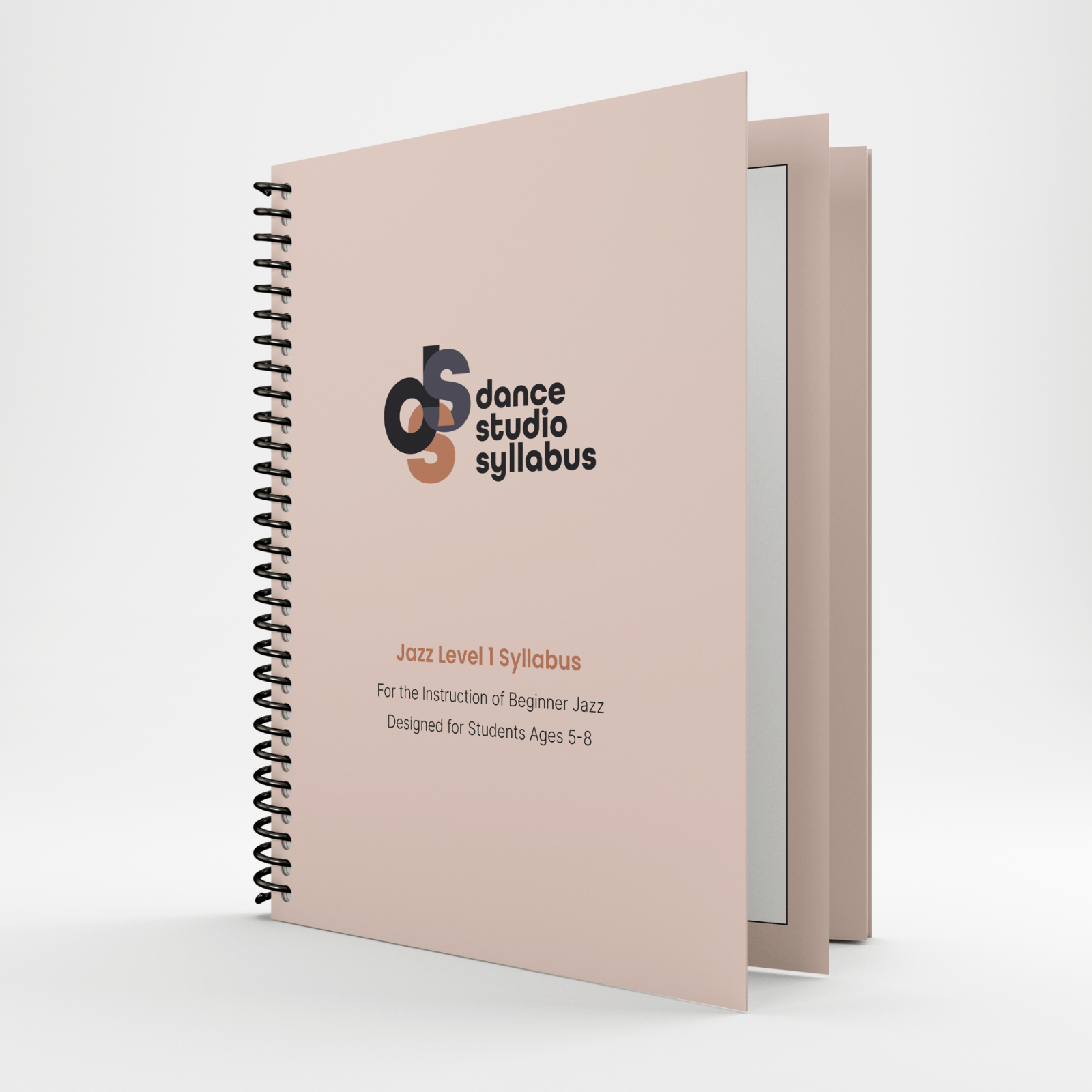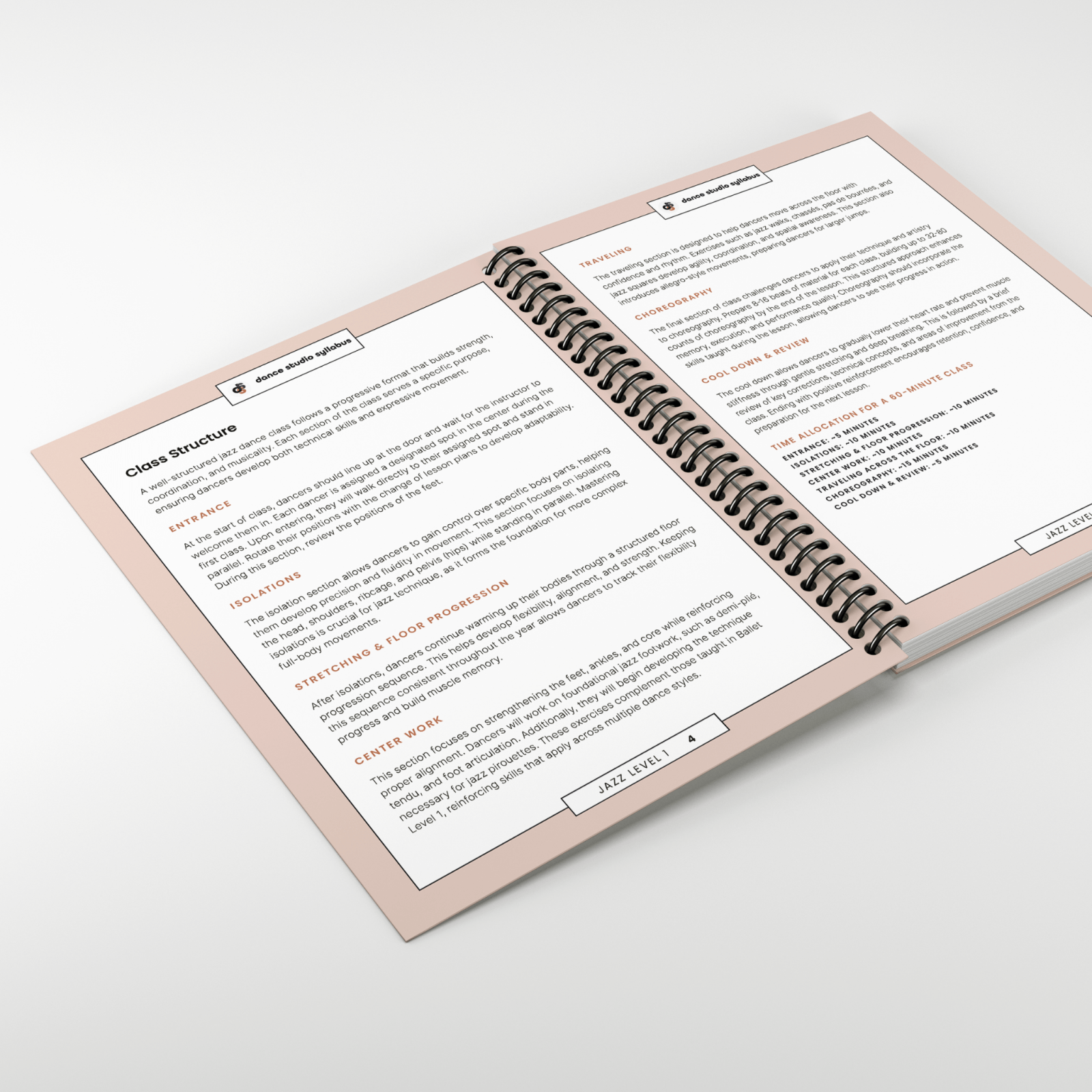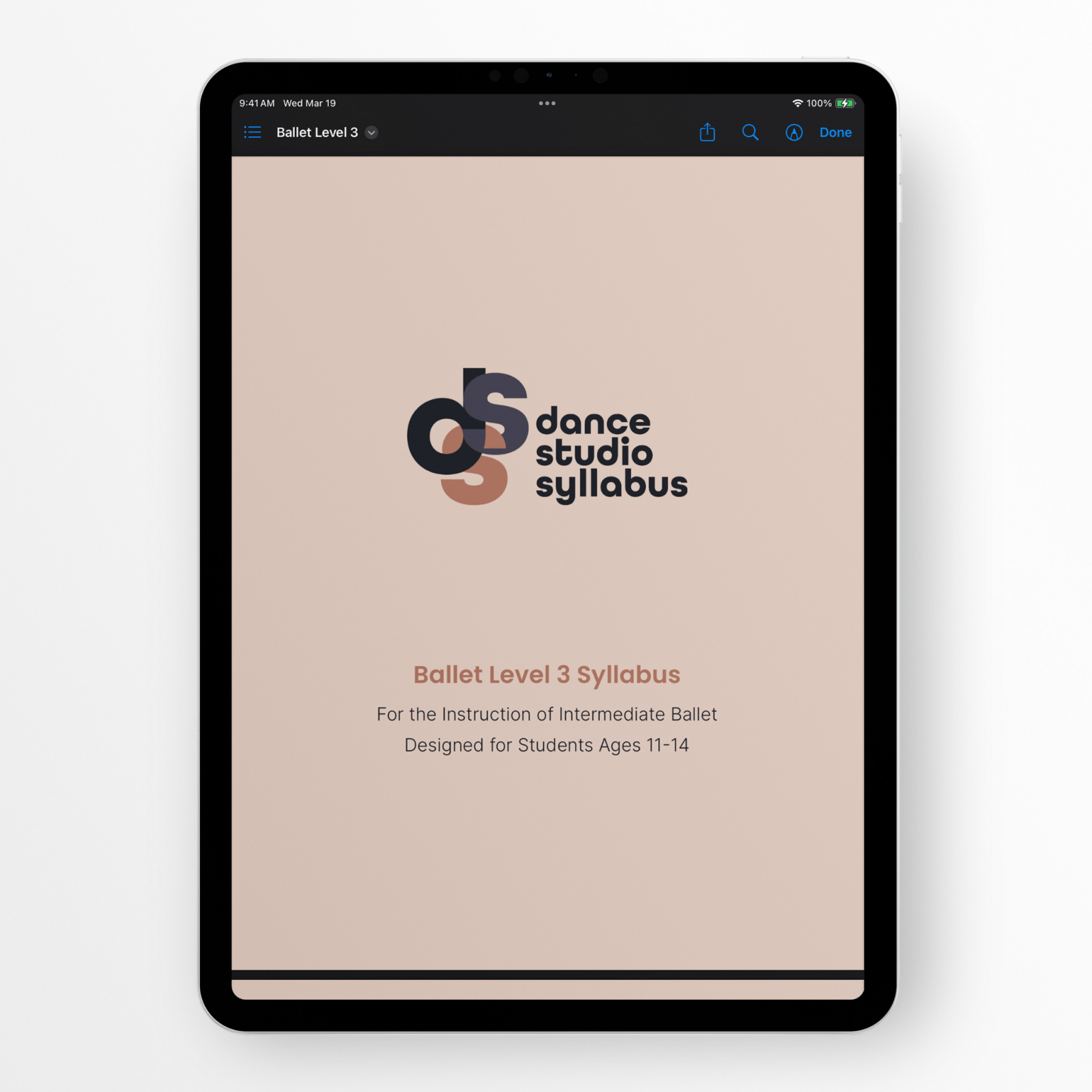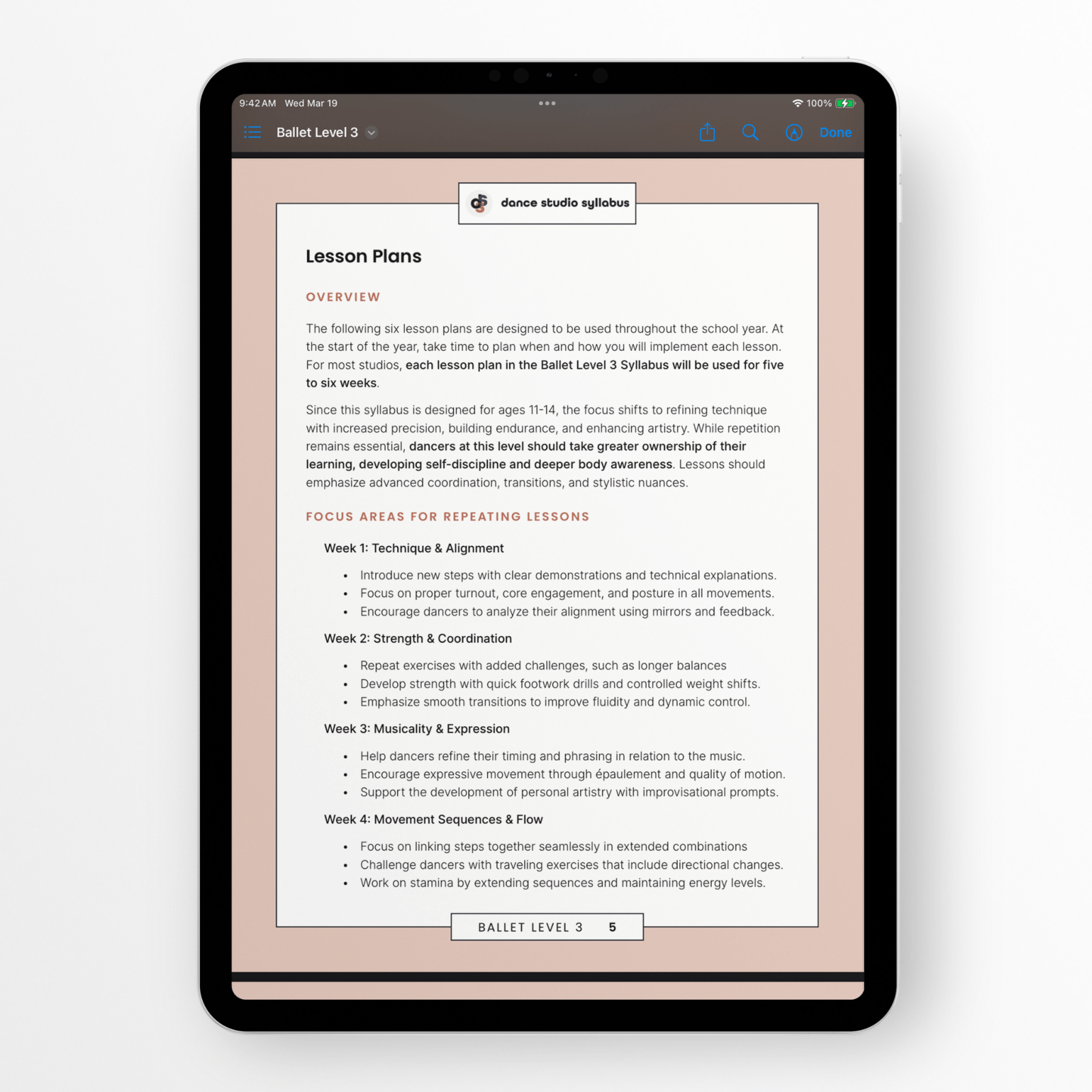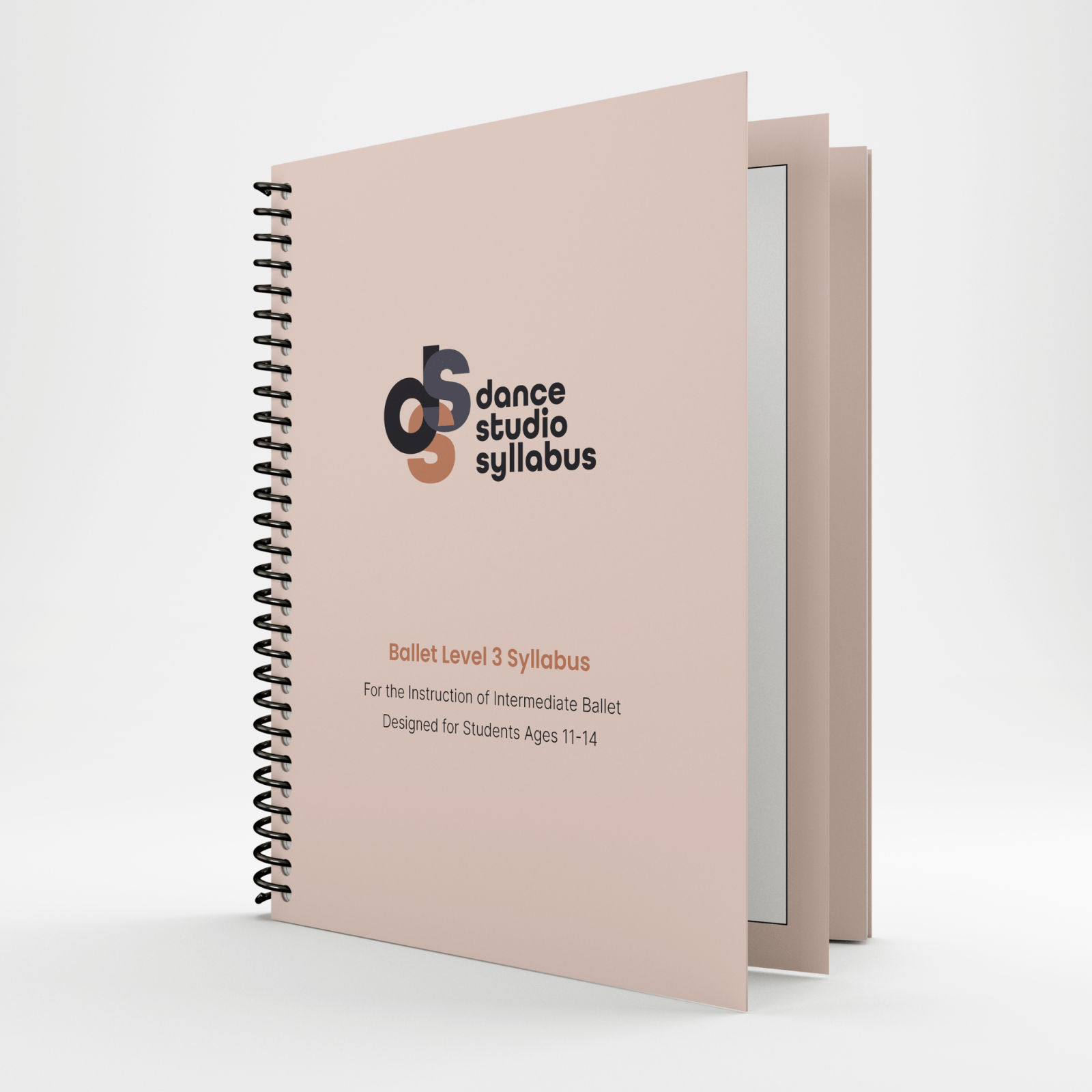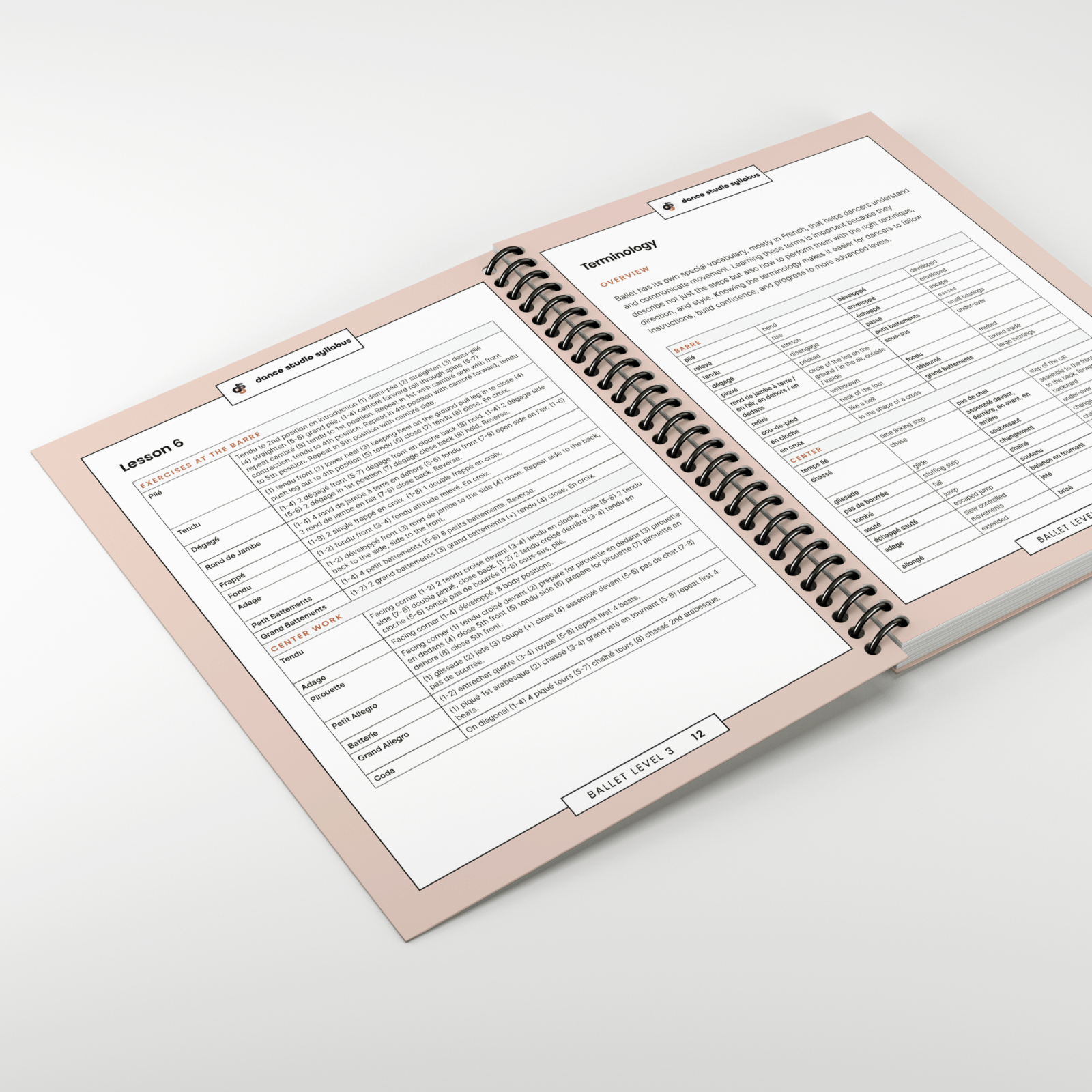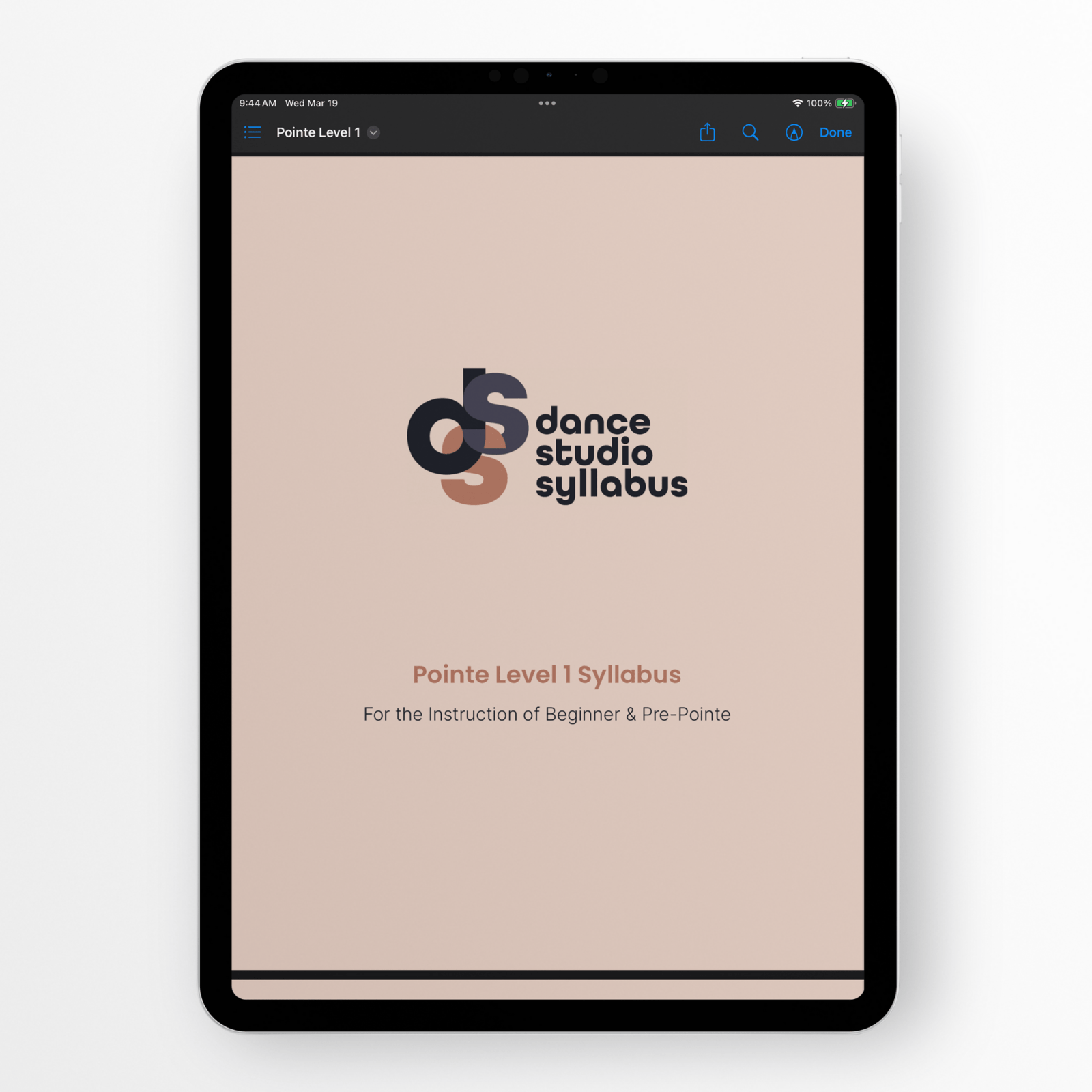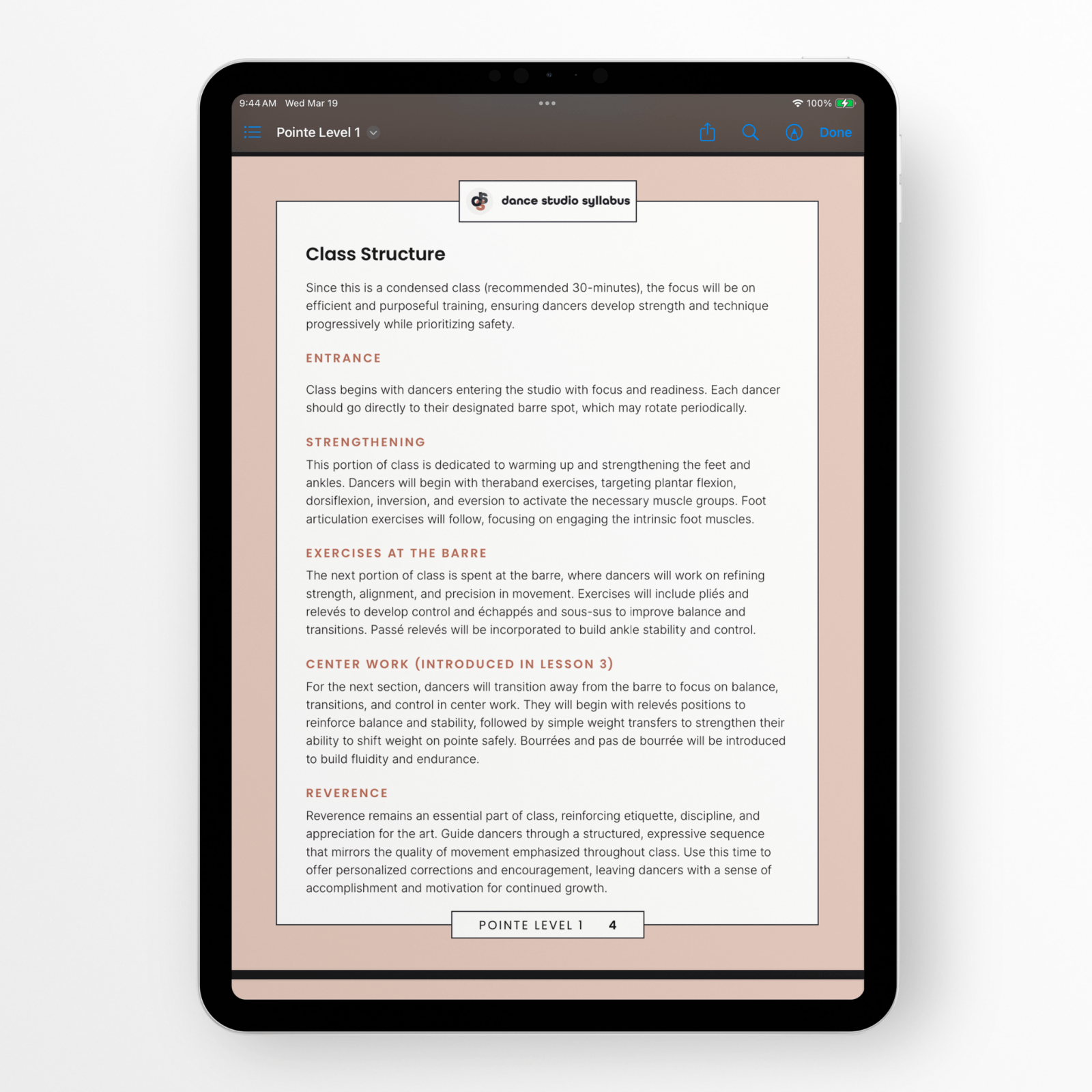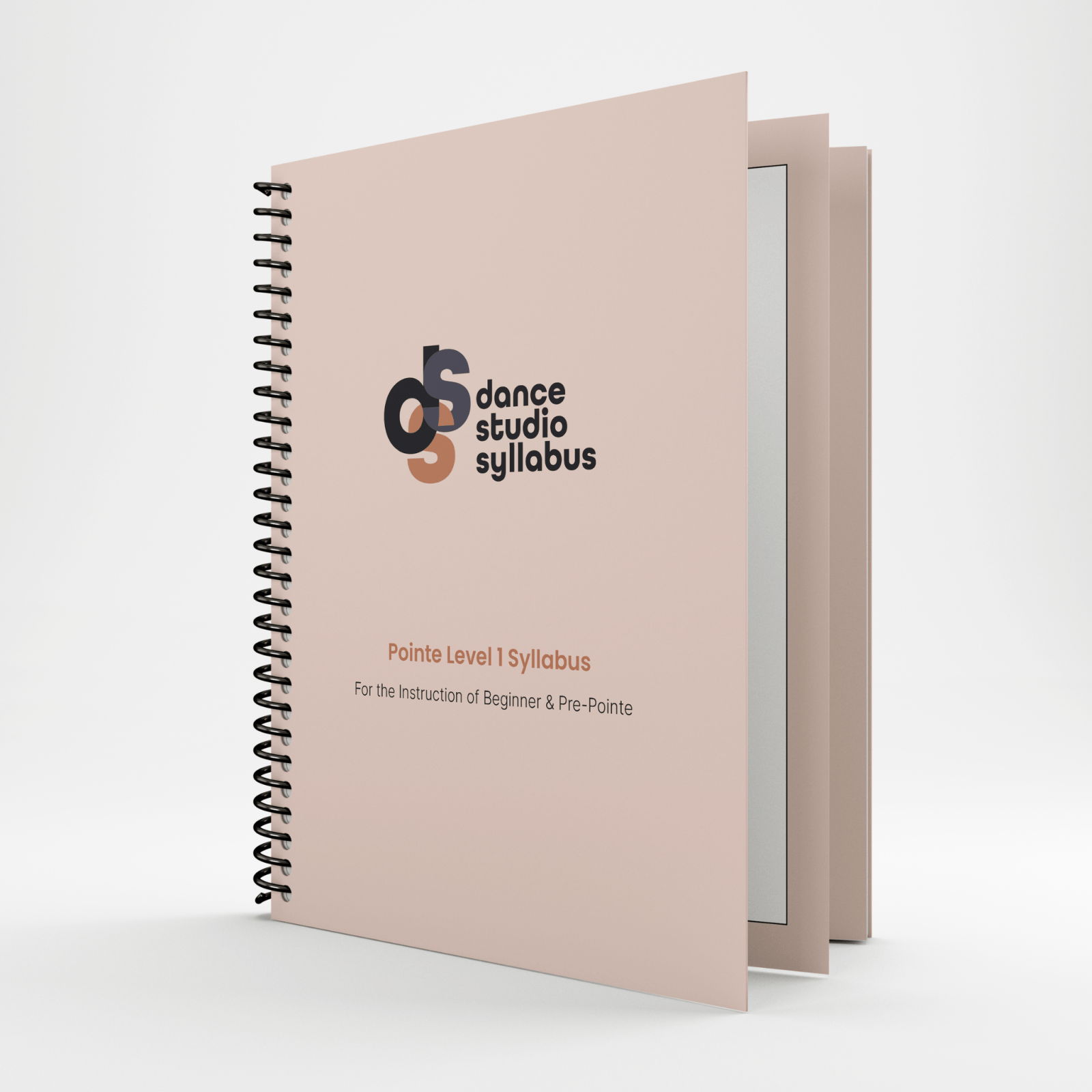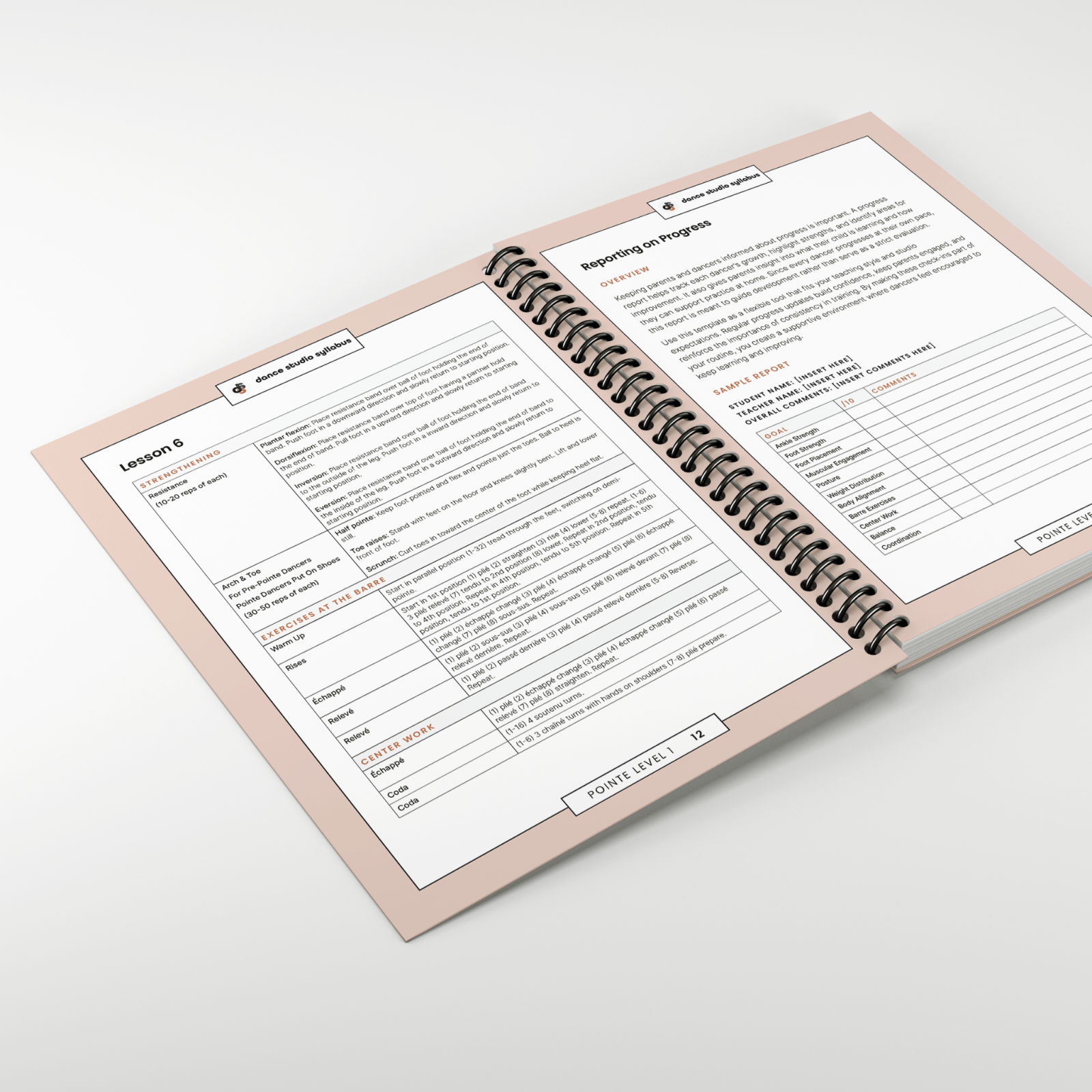The Ultimate Guide to Dance Teaching Tools Every Educator Needs
Running a successful dance class requires more than passion and talent—it requires the right dance teaching tools to bring structure, clarity, and creativity into the studio. Whether you’re leading preschoolers through creative movement or preparing advanced dancers for auditions, having a toolkit of resources ensures your students stay engaged, motivated, and on track.
In this guide, we’ll explore what dance teaching tools are, why they matter, and the essential resources—traditional and modern—that every dance teacher should consider. We’ll also share practical examples, classroom tips, and a checklist to help you build your own toolkit.
What Are Dance Teaching Tools?
Simply put, dance teaching tools are resources, materials, and systems that help teachers plan, structure, and deliver effective classes. These tools can be physical, digital, or printable, and they’re designed to make lessons more efficient, engaging, and educational.
Examples include:
- Structured syllabi and lesson plans
- Visual aids like posters, cards, and charts
- Printable games and activities
- Organizational binders and templates
- Video demonstration libraries
- Curated music playlists
- Apps for progress tracking or choreography notes
- Professional networks, communities, and blogs for continued support
The best dance teaching tools save you time, reduce stress, and give your students consistency—without stifling your creativity as an educator.
Why Dance Teaching Tools Matter
Teaching dance is more than showing steps—it’s about guiding dancers on a journey of growth. Without the right tools, teachers can feel overwhelmed and students may lack a clear progression. Here’s why these resources are so valuable:
- Save Time – Pre-made lesson plans and binders reduce weekly prep.
- Support Progression – Syllabi ensure students build skills in the right order.
- Boost Engagement – Games and interactive visuals keep younger students focused.
- Build Confidence – Teachers and students alike know what to expect.
- Prevent Burnout – Tools reduce decision fatigue so you can focus on artistry.
- Increase Retention – Parents notice consistent progress, which helps keep students enrolled.
Types of Dance Teaching Tools
Let’s dive deeper into the many categories of dance teaching tools and how they can transform your classroom.
1. Dance Syllabi
A syllabus is a roadmap for progression. Whether you’re teaching ballet, jazz, or creative movement, a syllabus ensures skills are taught sequentially and age-appropriately. Not sure what should go into a strong syllabus? Read our guide on what should be in a dance studio syllabus.
- Why it helps: Prevents gaps in training, supports advancement, and provides consistency across teachers.
- Pro Tip: When choosing or creating a syllabus, focus on clear skill progressions that build year over year. A strong sequence prevents gaps in training and makes it easy to track when students are ready to advance.
2. Lesson Plans
Lesson plans map out each class: warm-ups, across-the-floor work, center combinations, and cool-downs. For inspiration on crafting strong lesson structures, explore 8 qualities you’ll find in intentional dance lesson plans.
- Why it helps: Ensures variety and balance, supports substitute teachers, and saves prep time.
- Example: A Level 2 ballet plan might include pliés at the barre, combinations across the floor, and a center adage for artistry.
3. Games and Activities
Dance doesn’t have to be all drills—playful activities keep students engaged and reinforce learning. If you’re looking for classroom-ready examples, see our breakdown of how to incorporate dance activities and games.
- Why it helps: Especially powerful for preschool and elementary dancers who learn best through play.
-
Examples:
- Dance Vocabulary Bingo – Call out steps instead of numbers.
- Movement Cards – Students pick cards with actions (leap, turn, jump).
- Scavenger Hunts – Find positions or props around the studio.
4. Printable Resources
Printables make it easy to reinforce terminology and celebrate student progress.
- Why it helps: Supports visual learners, provides take-home reinforcement, and adds a polished touch to the classroom.
- Examples: Posters of ballet positions, vocabulary walls, certificates, worksheets.
5. Organizational Tools
Staying organized is half the battle. Printable binders and templates help teachers manage everything from choreography to attendance.
- Why it helps: Keeps everything in one place, reduces last-minute stress, and ensures smooth communication with parents and staff.
-
Examples:
- Class binder bundles with calendars, choreography grids, and formation sheets.
- Attendance trackers.
- Printable planning bundles for the entire school year.
6. Visual Aids
From posters of ballet positions to progress walls, visuals help dancers see their goals.
- Pro Tip: Create a “progress wall” in the studio where dancers can check off mastered skills.
7. Video Demonstration Libraries
Video libraries are an increasingly popular teaching tool. They allow teachers to see exercises broken down and provide visual inspiration.
- Why it helps: Perfect for new teachers building confidence or experienced educators looking for fresh combinations.
- Pro Tip: Use videos as a resource, but adapt them to your teaching style rather than replicating them exactly.
8. Music Playlists
The right music transforms a class. Curated playlists save time and ensure consistency.
- Pro Tip: Organize Spotify or Apple Music playlists by level and genre (e.g., Jazz Level 2, Ballet Level 3).
9. Technology Tools
Apps and digital tools can simplify management and enhance learning.
- Progress tracking apps for skill mastery.
- Video apps for recording choreography.
- Parent communication platforms.
10. Professional Development & Community Tools
Great teachers never stop learning. Joining networks, attending conferences, and engaging with online forums keeps ideas fresh.
- Blogs and newsletters from dance educators.
- Local and national teaching associations.
- Online forums for lesson plan ideas and troubleshooting.
Practical Tips for Using Dance Teaching Tools
- For Preschool Classes: Lean on games, flashcards, and playlists with simple rhythms.
- For Advanced Students: Focus on syllabi, video libraries, and progressive lesson plans.
- For Schools vs. Studios: Schools often require structured curriculum alignment, while studios may prioritize creativity and performance prep.
- For Camps or Subs: Printable resources, binders, and pre-made plans make transitions seamless.
Troubleshooting Common Challenges
- Tech fails mid-class? Always have a backup playlist on your phone and a printed plan in your bag.
- Students distracted? Use a quick interactive game to reset focus.
- Overwhelmed by planning? Start with a simple syllabus and add new tools gradually.
Quick-Start Checklist for Your Dance Teaching Toolkit
Here’s a sample starter pack you can customize:
- ✅ Syllabus (at least for core styles)
- ✅ 4–6 reusable lesson plans
- ✅ Printable binder with attendance, choreography grids, and calendars
- ✅ Visual aids (posters, flashcards, progress wall)
- ✅ A curated playlist for each level you teach
- ✅ One or two games for younger dancers
- ✅ Access to a video demonstration library
- ✅ App for tracking student skills or choreography notes
Final Thoughts
Dance is about artistry, growth, and connection. But behind every polished performance is a teacher equipped with the right dance teaching tools. From games that make preschoolers giggle to sequenced syllabi that prepare advanced dancers for the stage, these tools empower you to teach with clarity and confidence.
Start small, build your toolkit, and lean on the growing community of dance educators who share resources and inspiration. To dive deeper into the bigger picture, check out our article on understanding dance curriculum and syllabus.
Call to Action
Looking for ready-made dance teaching tools you can use right away? At Dance Studio Syllabus, we’ve created comprehensive syllabi, annotated lesson plans, printable resources, and a growing video demonstration library—all designed by teachers, for teachers. Explore our resources today and take the stress out of planning your next class.
